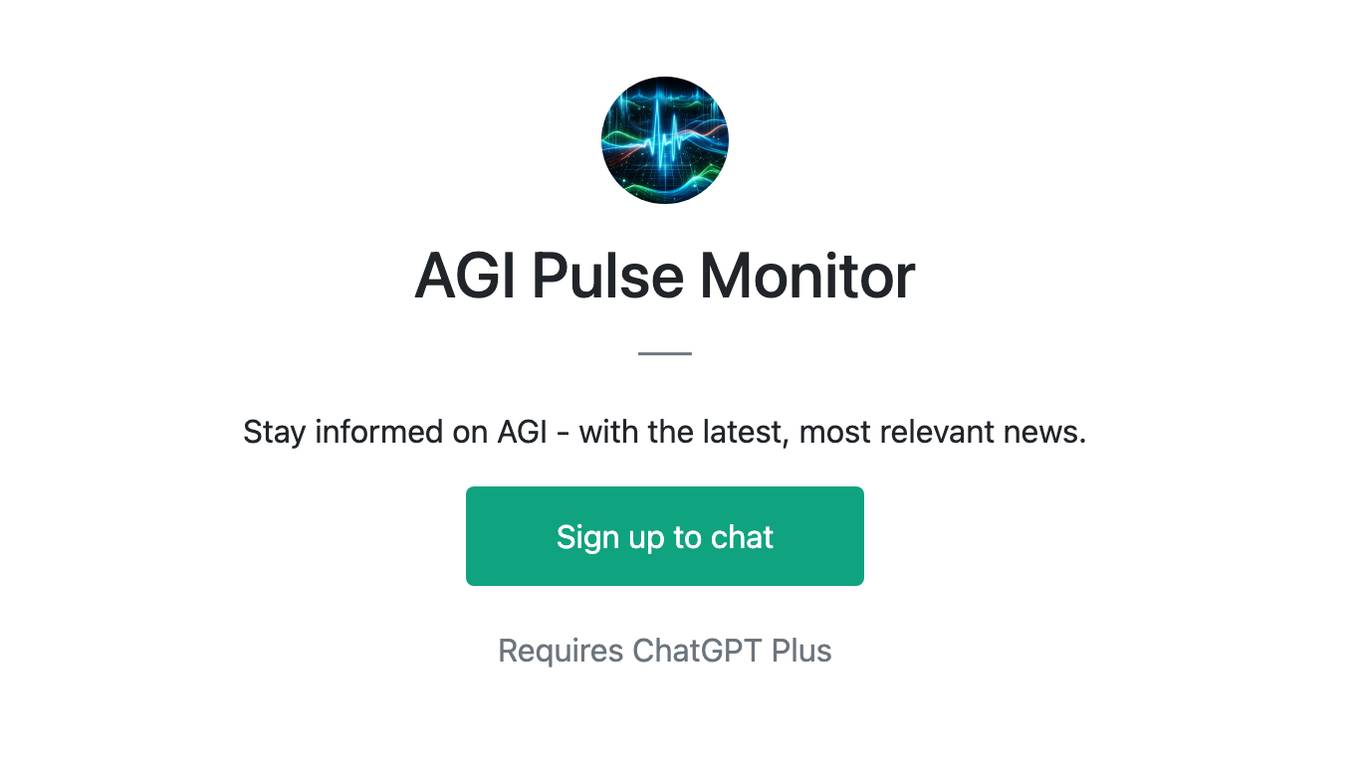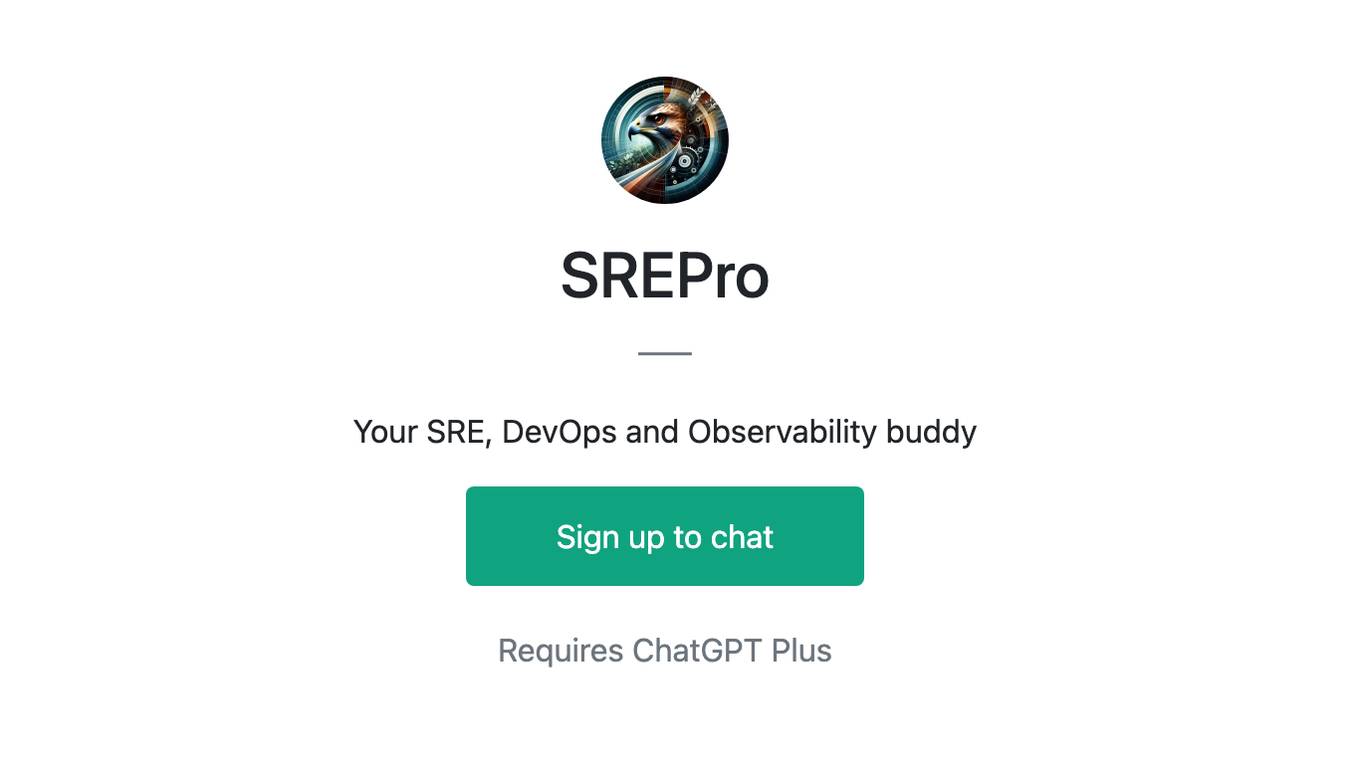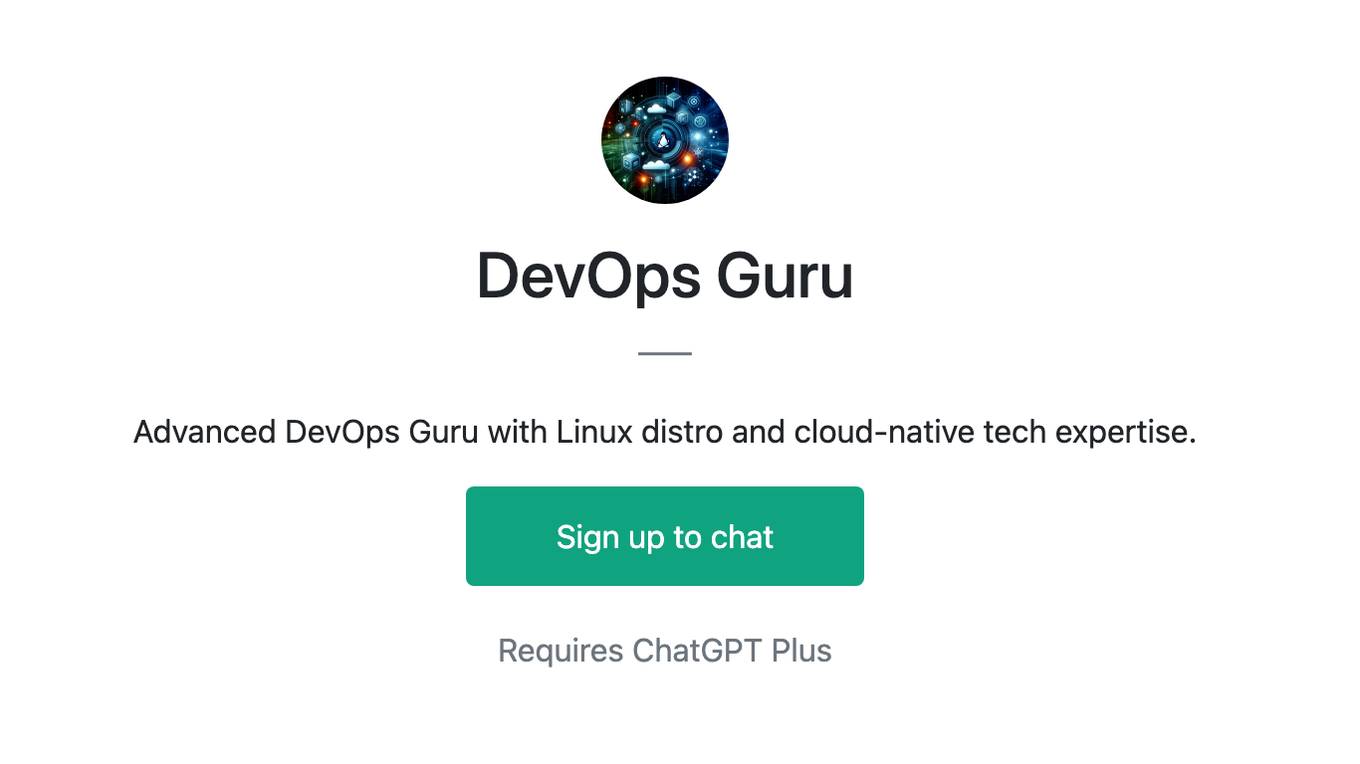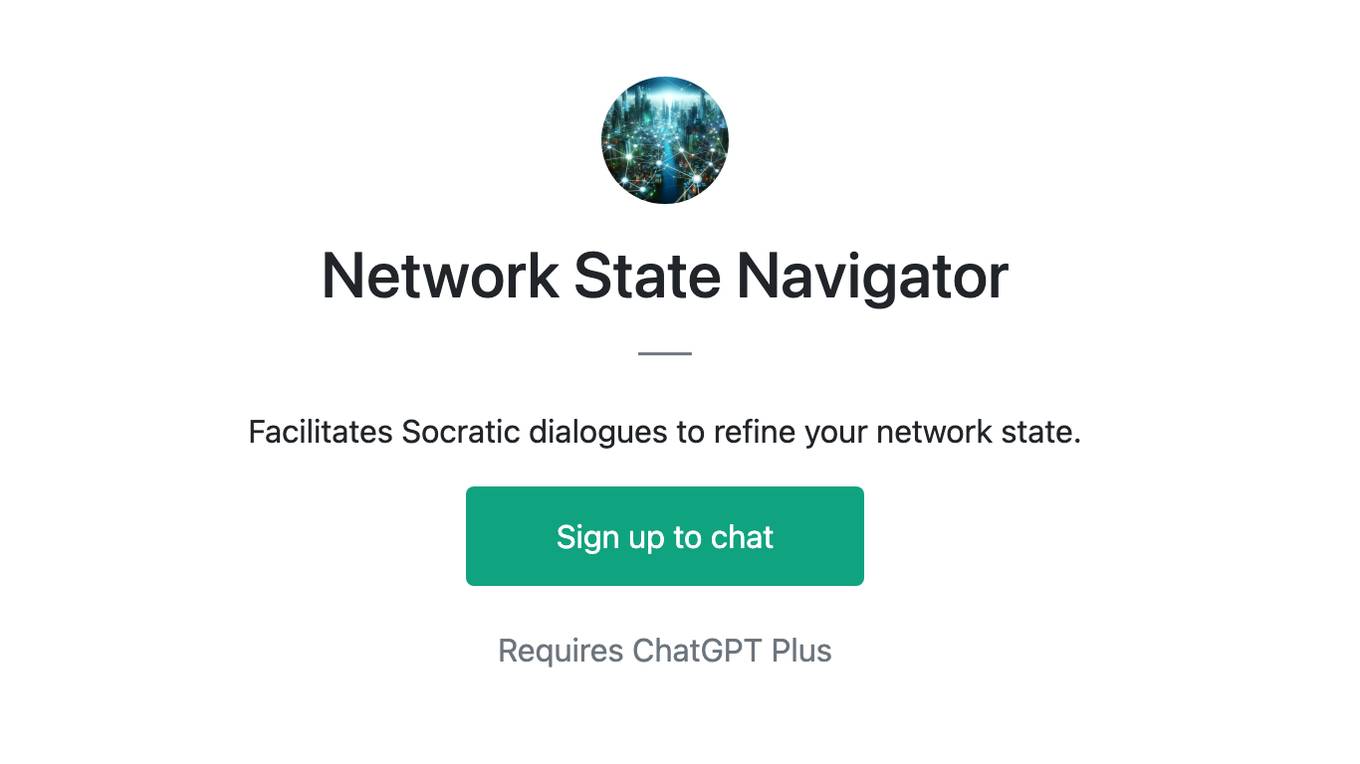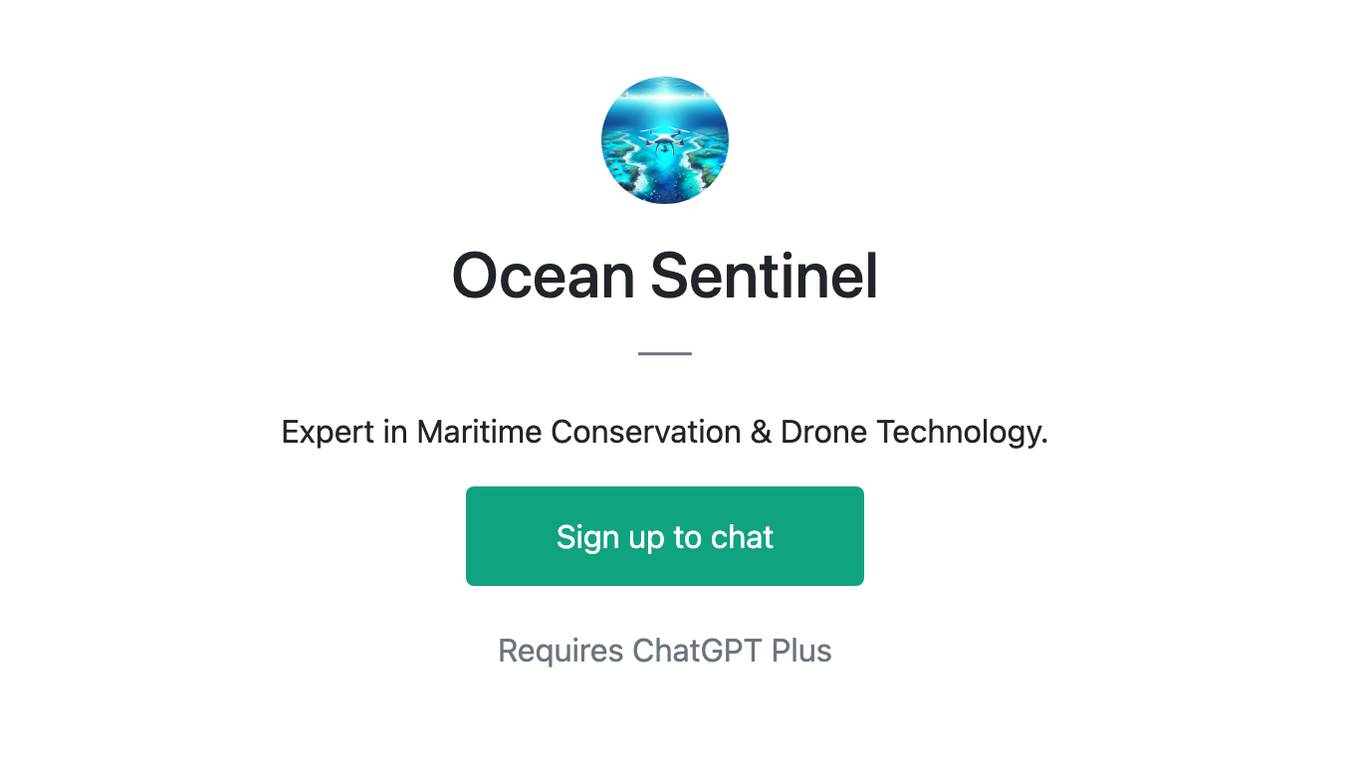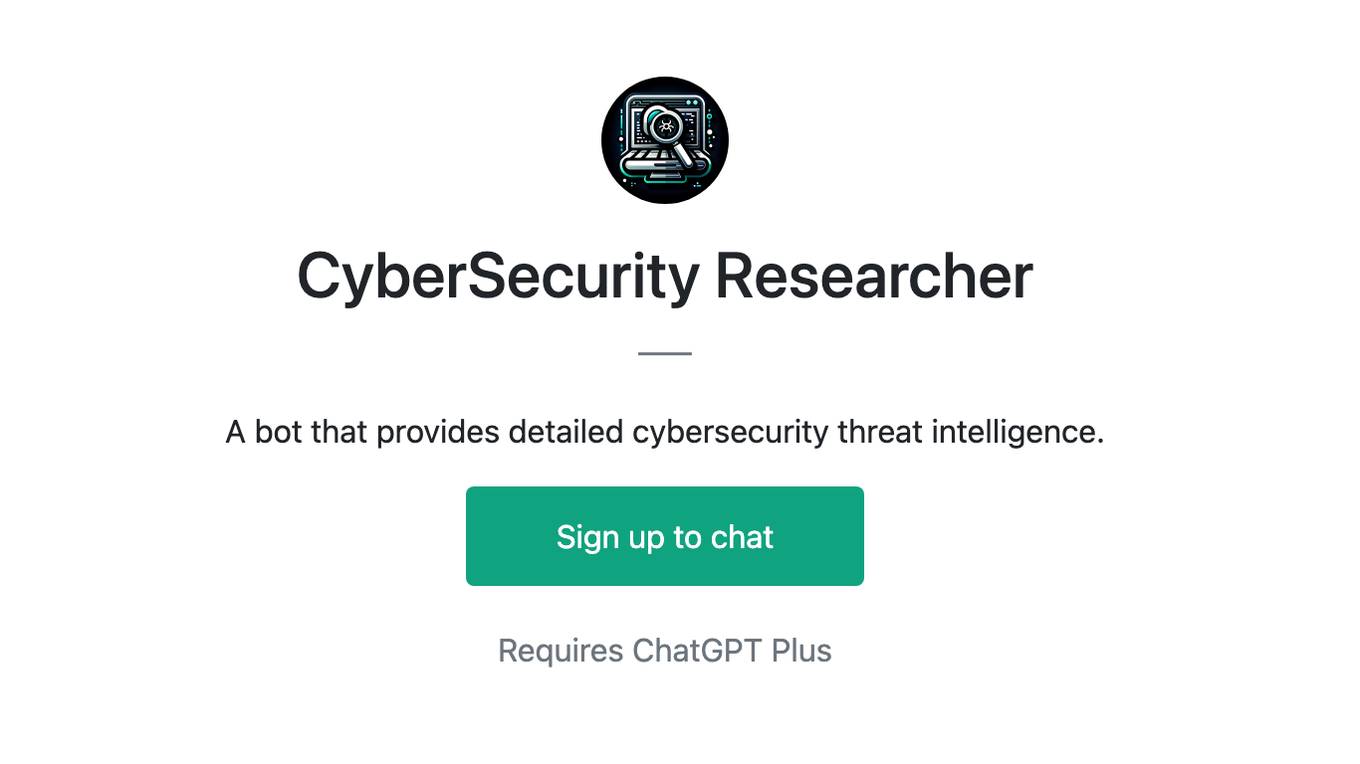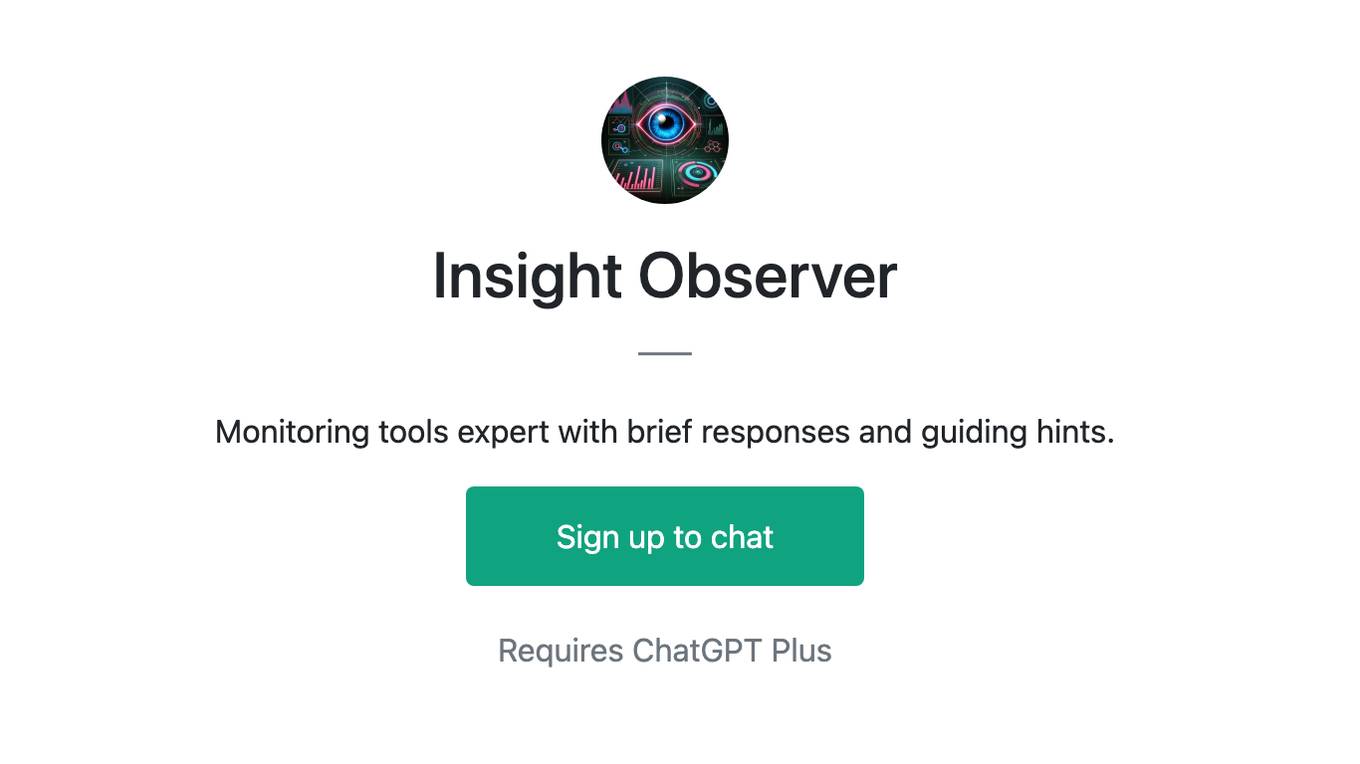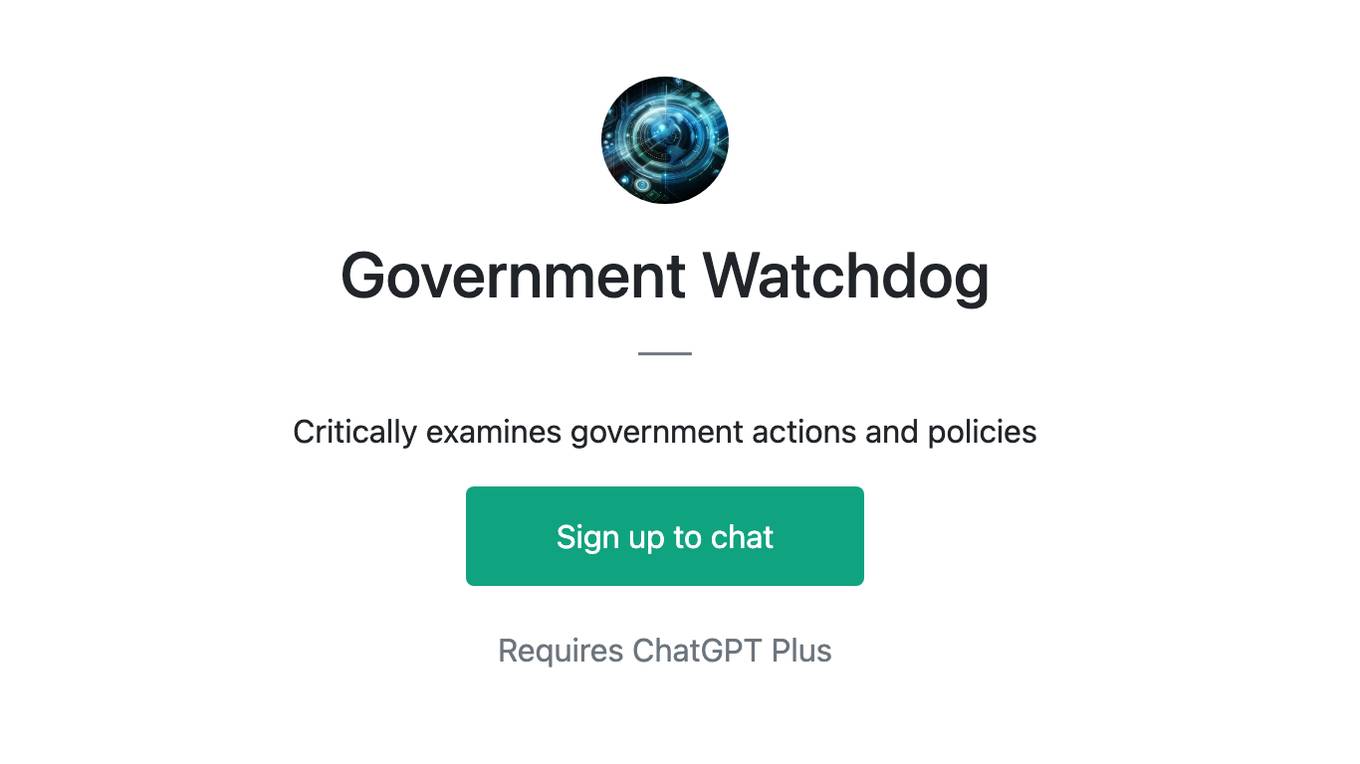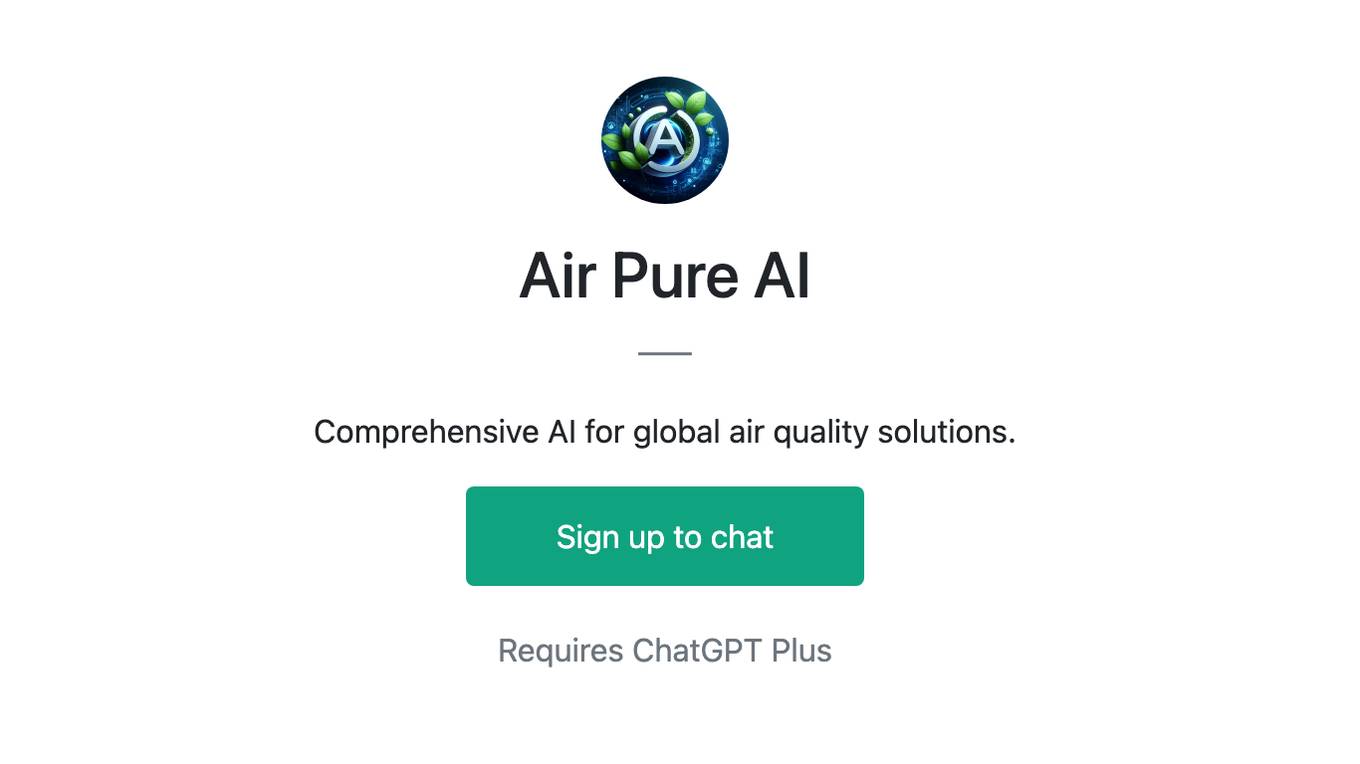Best AI tools for< Monitor Exposures >
20 - AI tool Sites
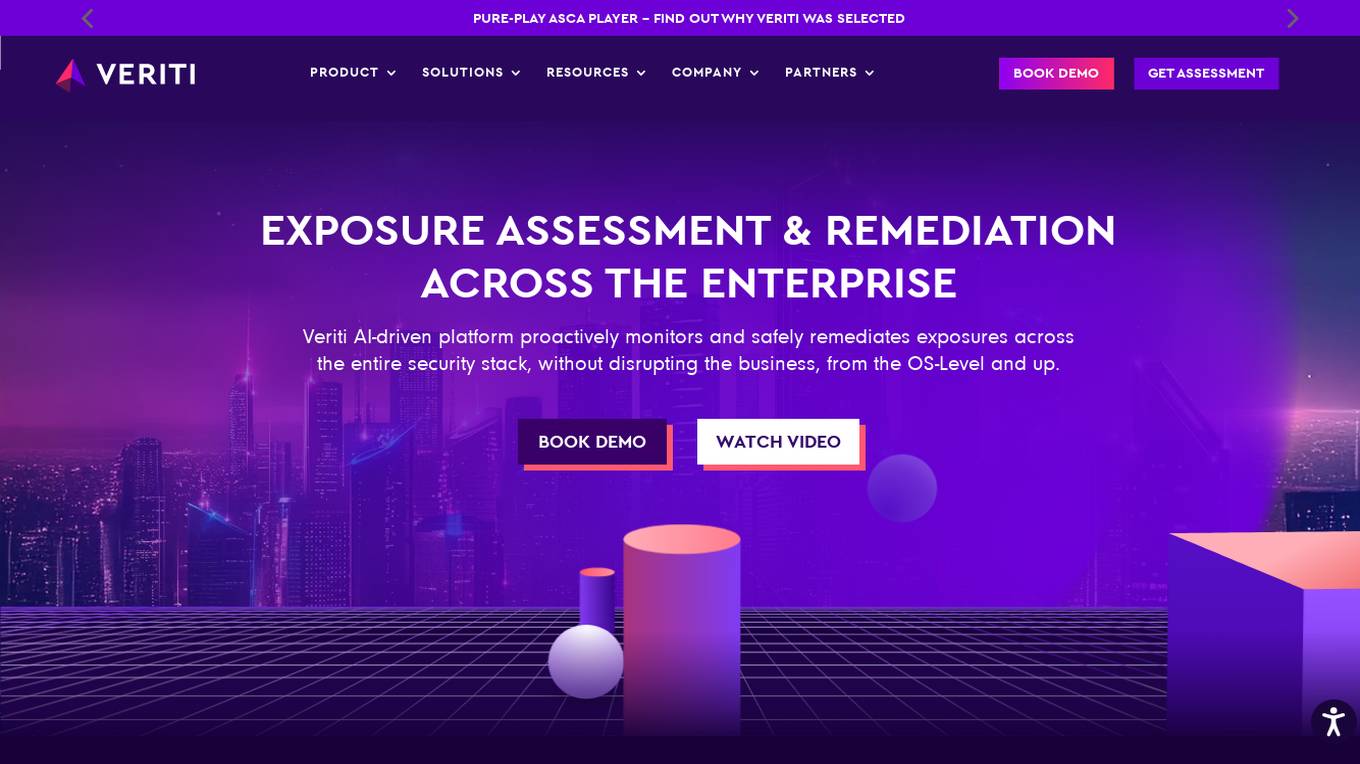
Veriti
Veriti is an AI-driven platform that proactively monitors and safely remediates exposures across the entire security stack, without disrupting the business. It helps organizations maximize their security posture while ensuring business uptime. Veriti offers solutions for safe remediation, MITRE ATT&CK®, healthcare, MSSPs, and manufacturing. The platform correlates exposures to misconfigurations, continuously assesses exposures, integrates with various security solutions, and prioritizes remediation based on business impact. Veriti is recognized for its role in exposure assessments and remediation, providing a consolidated security platform for businesses to neutralize threats before they happen.
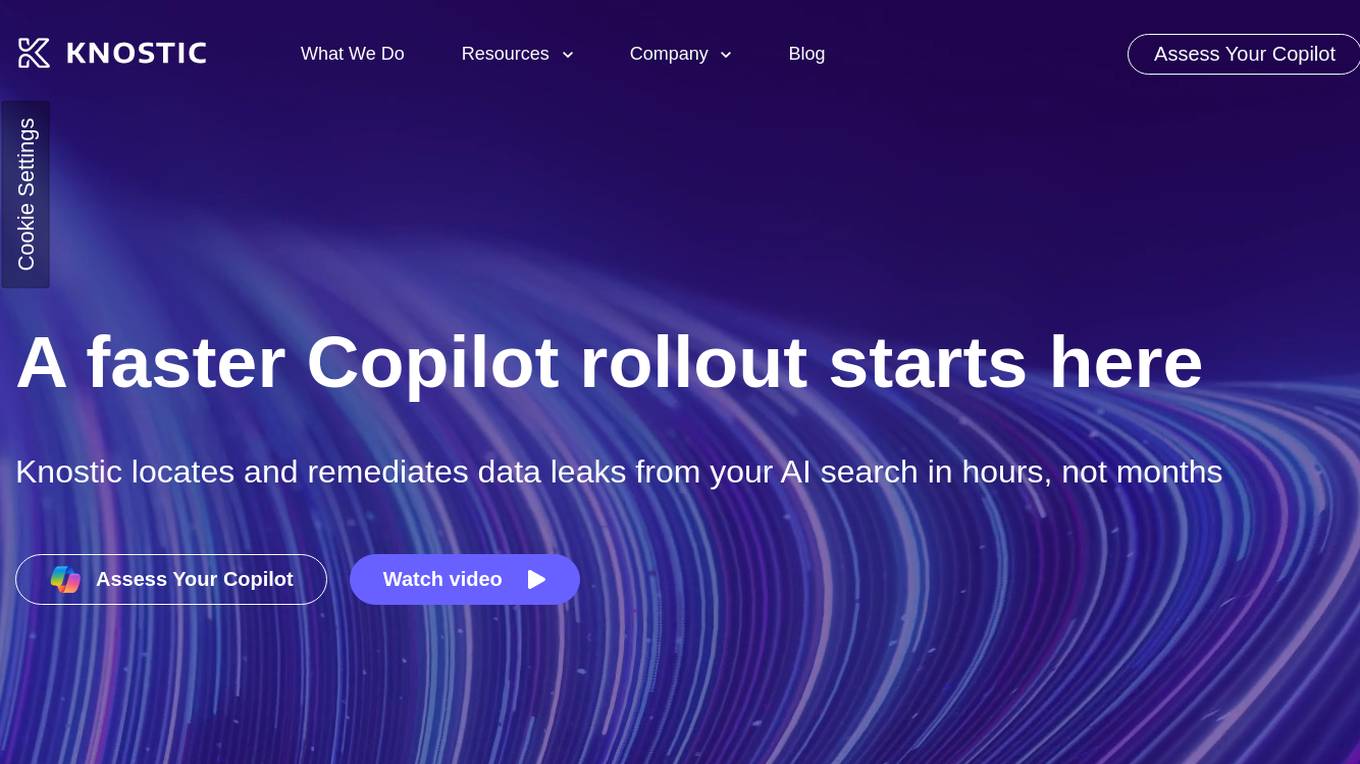
Knostic AI
Knostic AI is an AI application that focuses on Copilot Readiness for Enterprise AI Security. It helps organizations locate and remediate data leaks from AI searches, ensuring data security and compliance. Knostic offers solutions to prevent data leakage, map knowledge boundaries, recommend permission adjustments, and provide independent verification of security posture readiness for AI adoption.
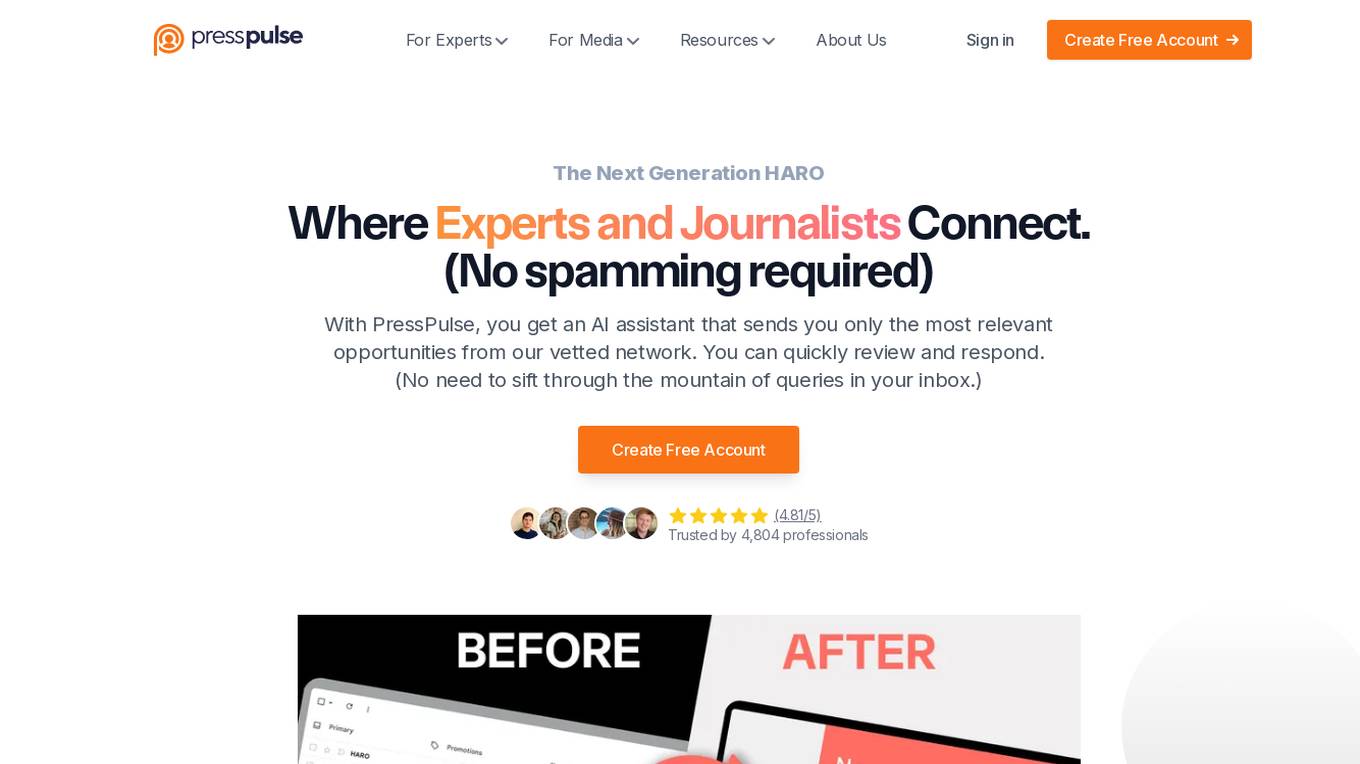
PressPulse AI
PressPulse AI is a next-generation platform that serves as an alternative to HARO (Help A Reporter Out) for experts and media resources. It connects experts and journalists by providing personalized opportunities and AI-assisted pitch drafting. With features like tailored opportunities, domain authority data access, and first-mover notifications, PressPulse AI aims to streamline the media engagement process for professionals seeking media coverage. The platform offers different subscription tiers with varying features to cater to different PR needs.
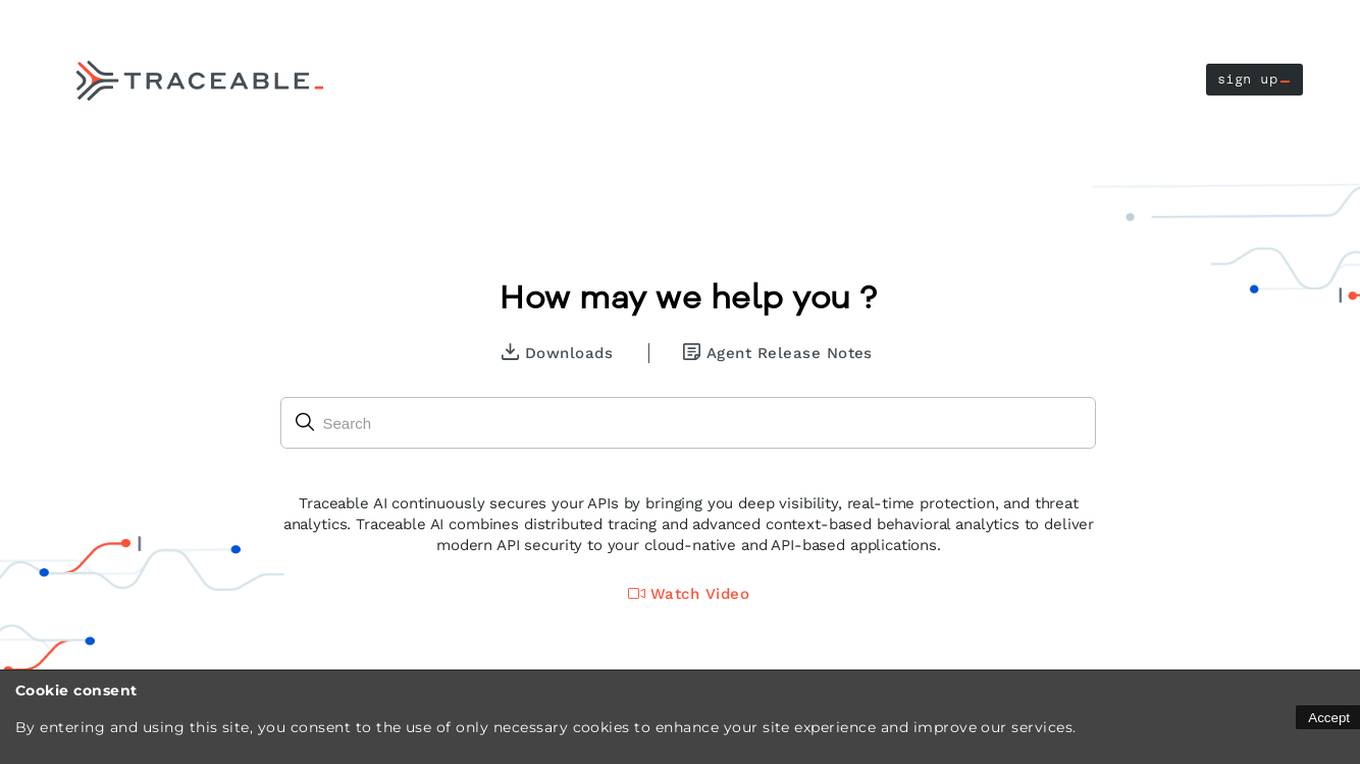
Traceable
Traceable is an AI-driven application designed to enhance API security for Cloud-Native Apps. It collects API traffic across the application landscape and utilizes advanced context-based behavioral analytics AI engine to provide insights on APIs, data exposure, threat analytics, and forensics. The platform offers features for API cataloging, activity monitoring, endpoint details, ownership, vulnerabilities, protection against security events, testing, analytics, and more. Traceable also allows for role-based access control, policy configuration, data classification, and integration with third-party solutions for data collection and security. It is a comprehensive tool for API security and threat detection in modern cloud environments.
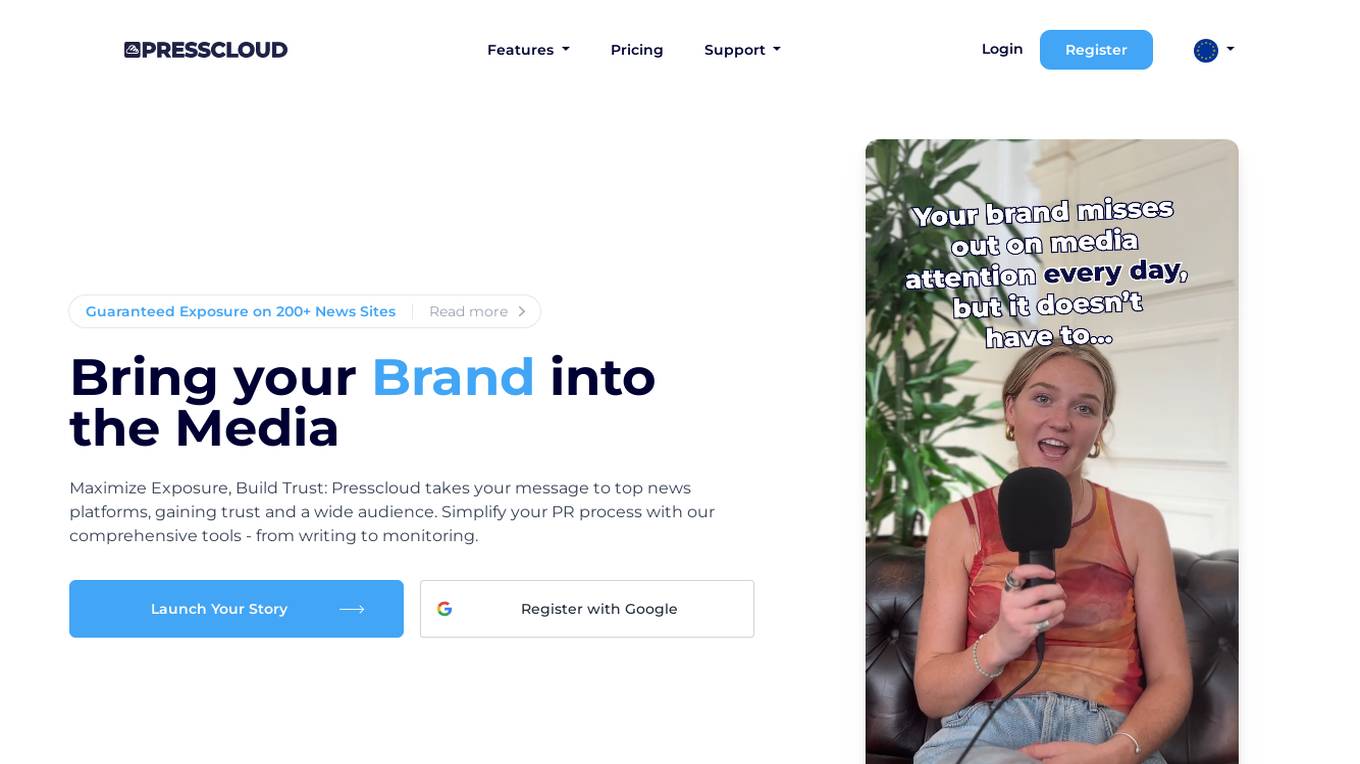
Presscloud.ai
Presscloud.ai is an AI-powered platform designed for public relations professionals and businesses to streamline the process of creating and distributing press releases. The platform offers advanced features such as AI-generated press releases, smart press lists, media monitoring, and journalist matching. Presscloud.ai aims to simplify the PR process by providing tools for writing, distributing, and monitoring press releases, ultimately helping users gain media exposure and build brand credibility.
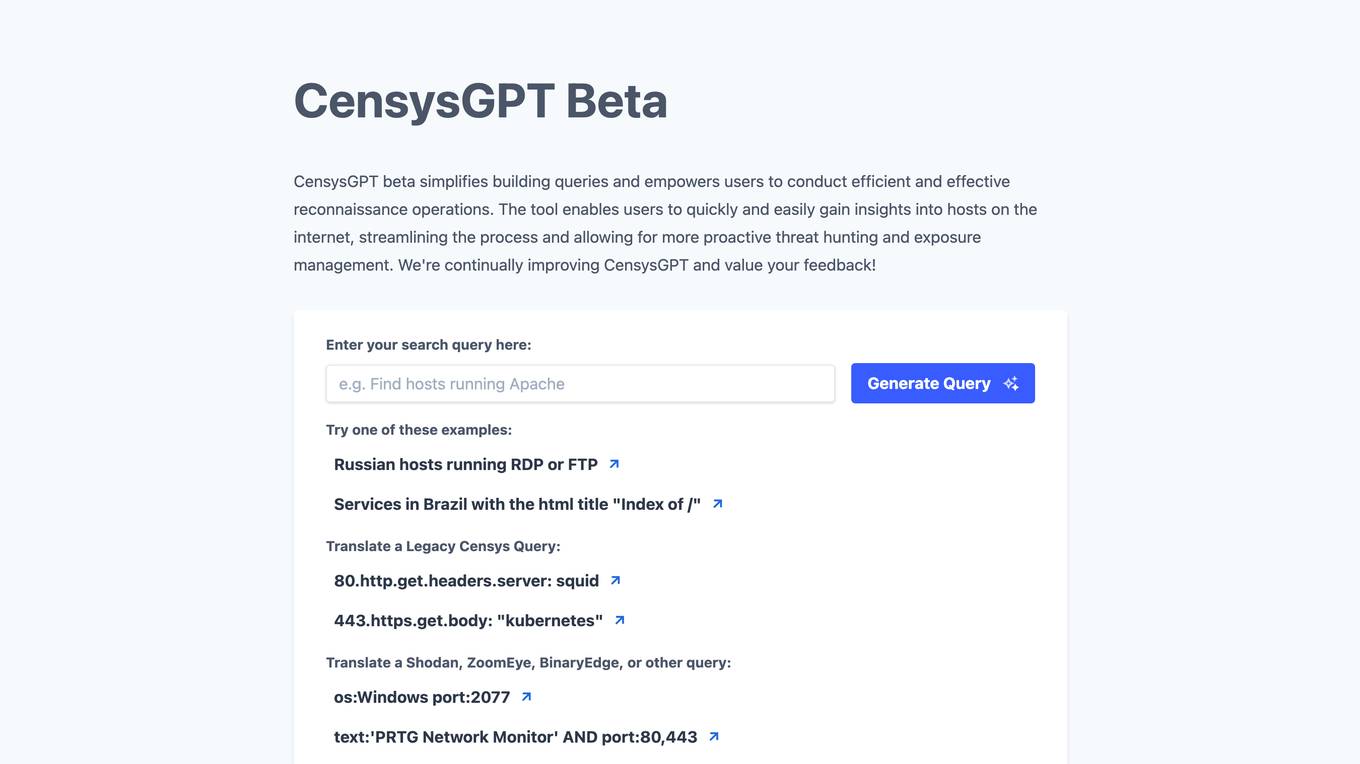
CensysGPT Beta
CensysGPT Beta is a tool that simplifies building queries and empowers users to conduct efficient and effective reconnaissance operations. It enables users to quickly and easily gain insights into hosts on the internet, streamlining the process and allowing for more proactive threat hunting and exposure management.

Capehost.ai
Capehost.ai is a full-service vacation rental management application that helps property owners maximize their earnings and minimize stress. The platform offers comprehensive services including marketing, reservations, check-ins, support, cleaning, restocking, and managing contractors. With a focus on increasing revenue, Capehost.ai utilizes AI-powered price-setting technology, professional in-house teams, and owner portal access for real-time property performance monitoring. The application provides 24/7 guest support, highest occupancy rates, and advertising on major platforms to ensure property exposure. Capehost.ai also offers low management fees, no commitments, and the freedom to cancel anytime.
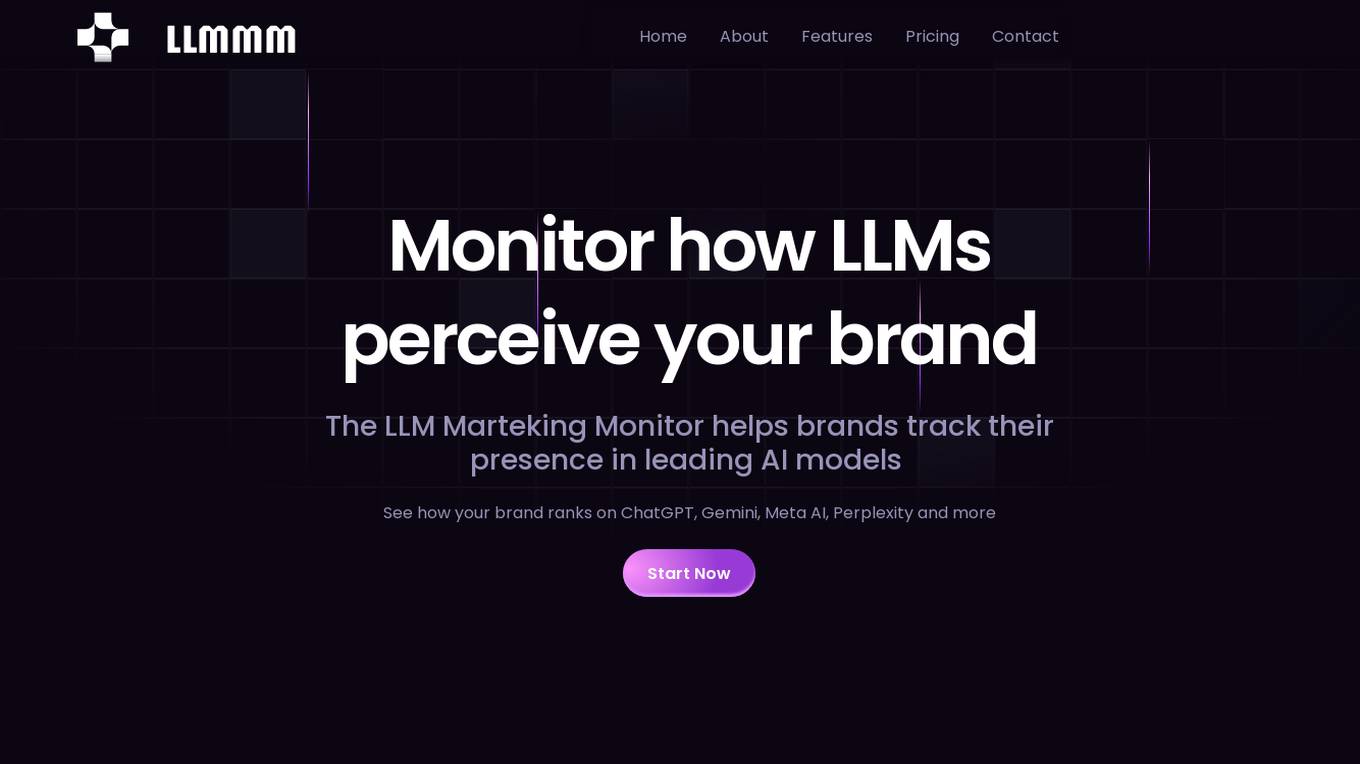
LLMMM Marketing Monitor
LLMMM is an AI tool designed to monitor how AI models perceive and present brands. It offers real-time monitoring and cross-model insights to help brands understand their digital presence across various leading AI platforms. With automated analysis and lightning-fast results, LLMMM provides immediate visibility into how AI chatbots interpret brands. The tool focuses on brand intelligence, brand safety monitoring, misalignment detection, and cross-model brand intelligence. Users can create an account in minutes and access a range of features to track and analyze their brand's performance in the AI landscape.
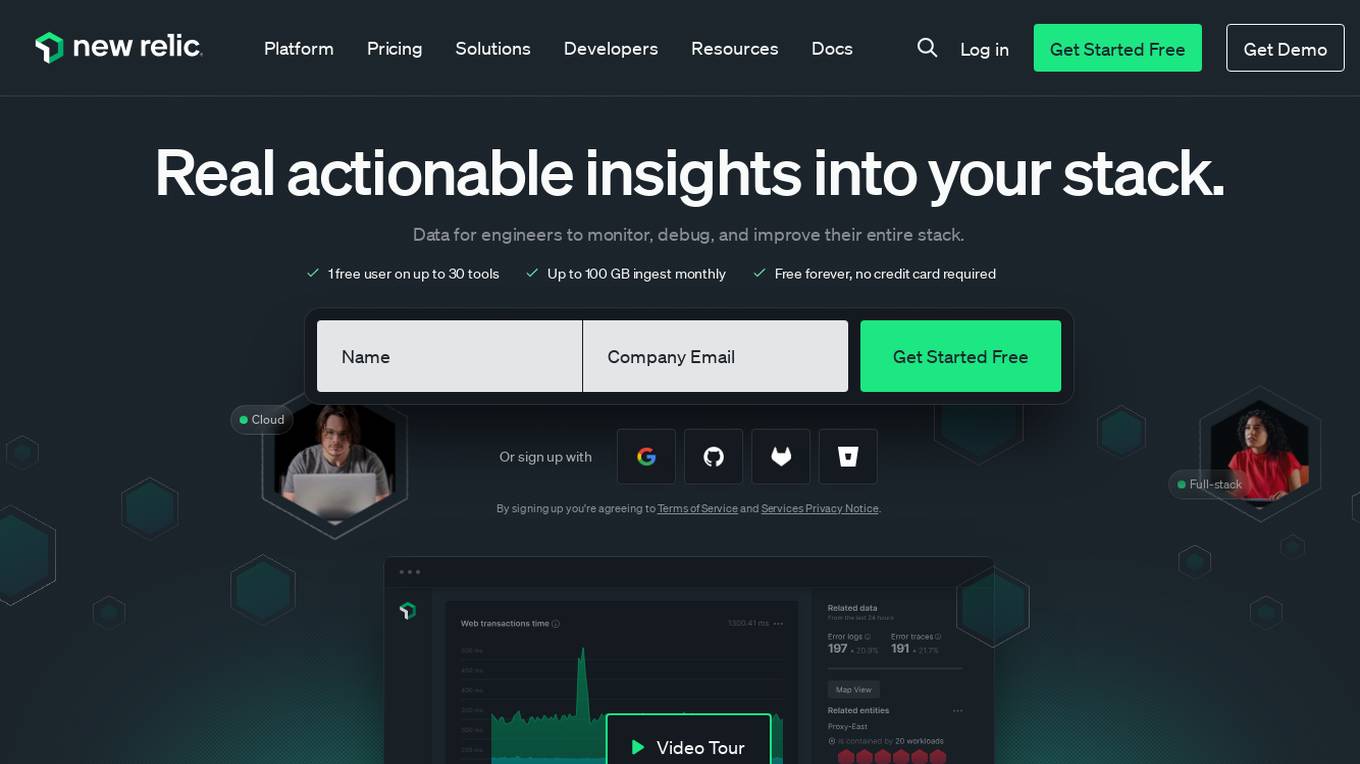
New Relic
New Relic is an AI monitoring platform that offers an all-in-one observability solution for monitoring, debugging, and improving the entire technology stack. With over 30 capabilities and 750+ integrations, New Relic provides the power of AI to help users gain insights and optimize performance across various aspects of their infrastructure, applications, and digital experiences.
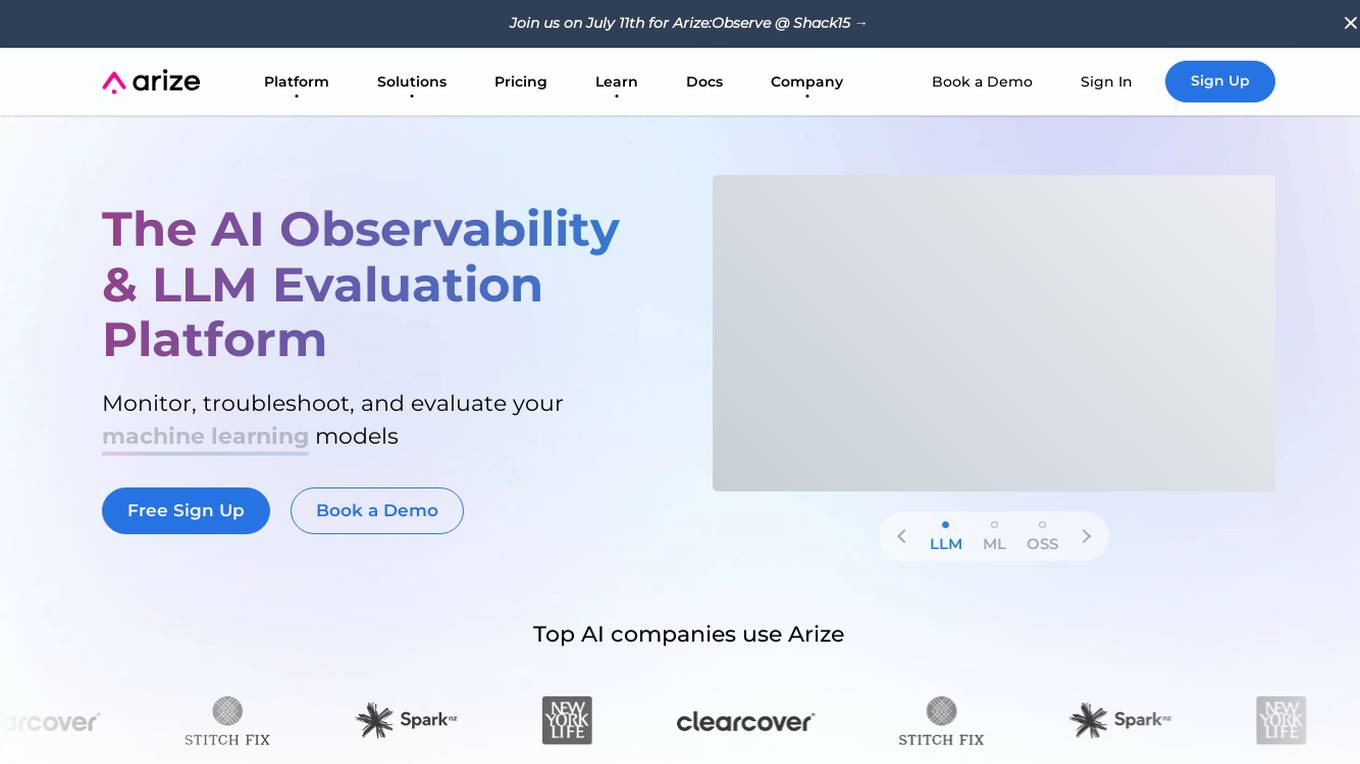
Arize AI
Arize AI is an AI Observability & LLM Evaluation Platform that helps you monitor, troubleshoot, and evaluate your machine learning models. With Arize, you can catch model issues, troubleshoot root causes, and continuously improve performance. Arize is used by top AI companies to surface, resolve, and improve their models.
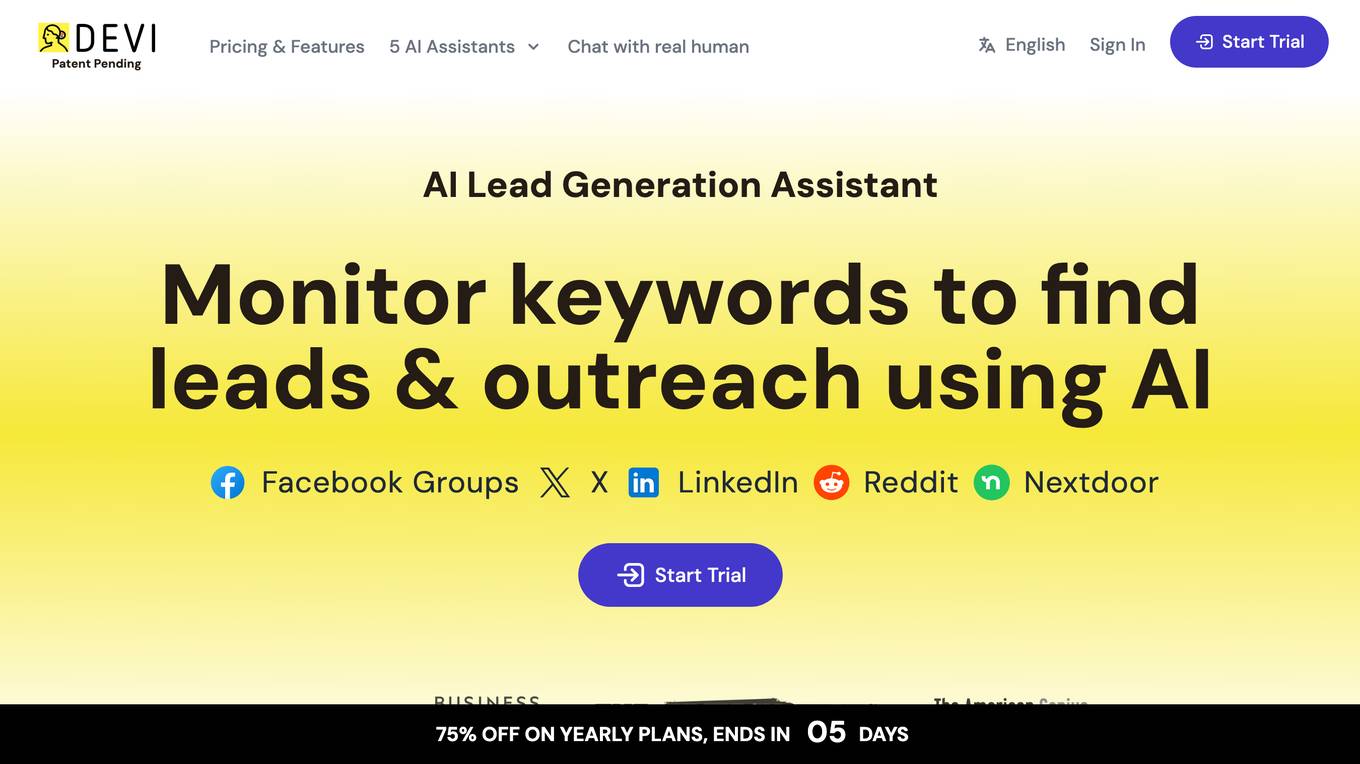
Devi
Devi is an AI-powered social media lead generation and outreach tool that helps businesses find and engage with potential customers on Facebook, LinkedIn, Twitter, Reddit, and other platforms. It uses artificial intelligence to monitor keywords and identify high-intent leads, and then provides users with tools to reach out to those leads and build relationships. Devi also offers a variety of other features, such as AI-generated content, scheduling, and analytics.
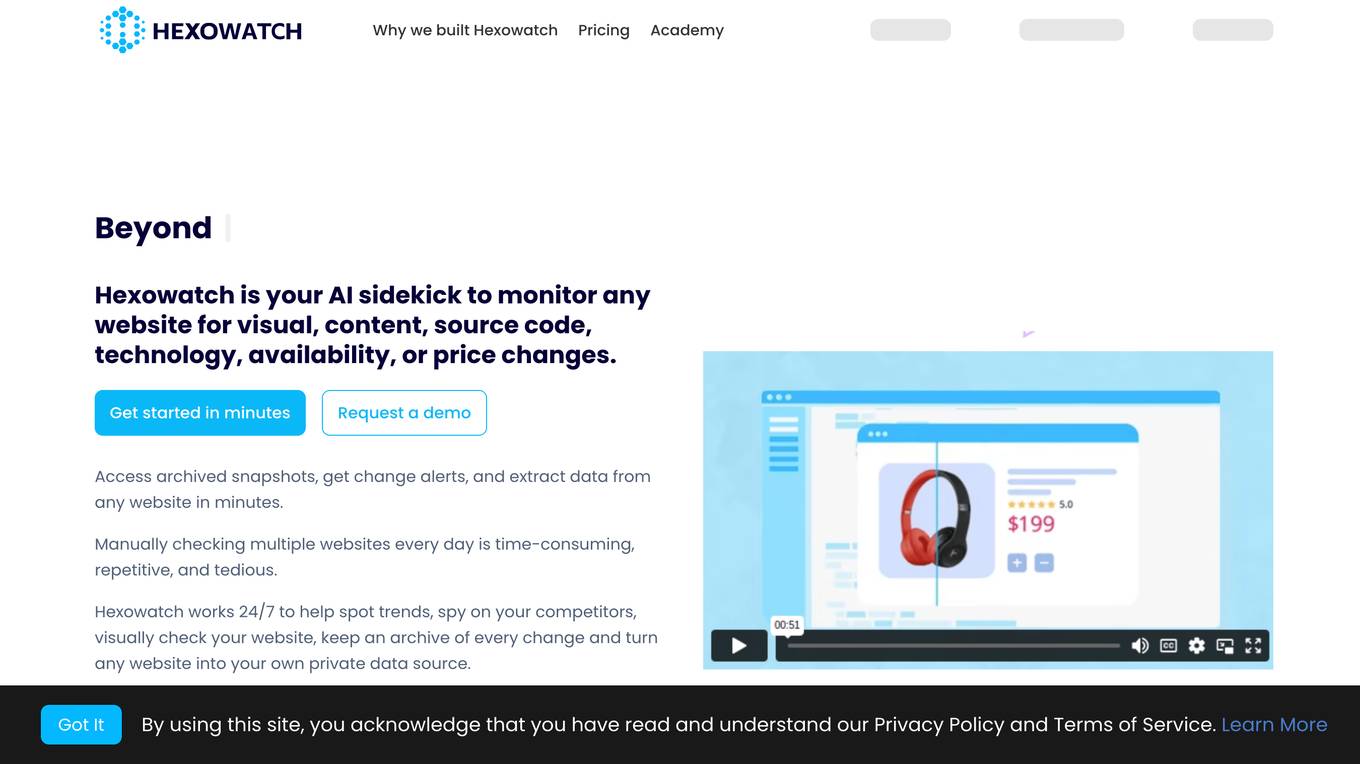
Hexowatch
Hexowatch is an AI-powered website monitoring and archiving tool that helps businesses track changes to any website, including visual, content, source code, technology, availability, or price changes. It provides detailed change reports, archives snapshots of pages, and offers side-by-side comparisons and diff reports to highlight changes. Hexowatch also allows users to access monitored data fields as a downloadable CSV file, Google Sheet, RSS feed, or sync any update via Zapier to over 2000 different applications.
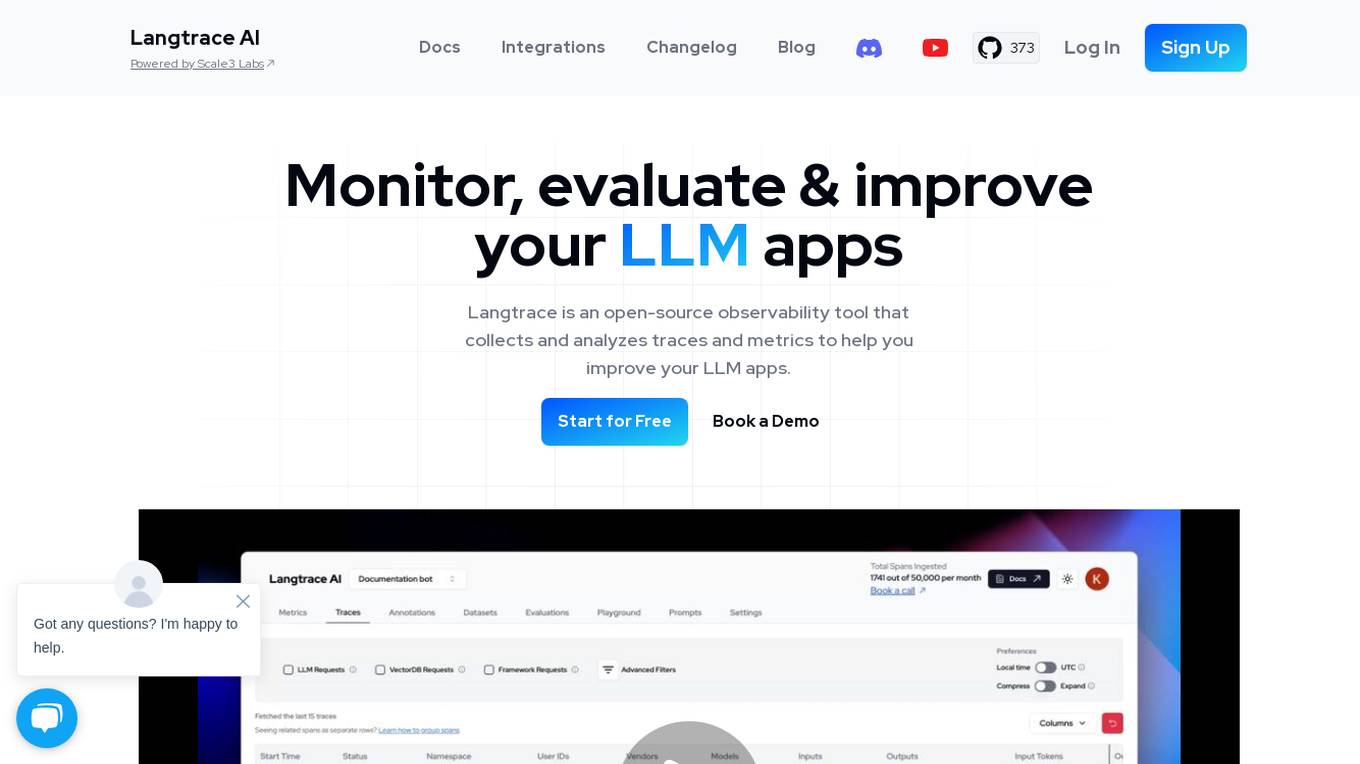
Langtrace AI
Langtrace AI is an open-source observability tool powered by Scale3 Labs that helps monitor, evaluate, and improve LLM (Large Language Model) applications. It collects and analyzes traces and metrics to provide insights into the ML pipeline, ensuring security through SOC 2 Type II certification. Langtrace supports popular LLMs, frameworks, and vector databases, offering end-to-end observability and the ability to build and deploy AI applications with confidence.

KWatch.io
KWatch.io is a social listening tool that helps businesses monitor keywords on social media platforms like LinkedIn, Twitter, Reddit, and Hacker News. It uses AI to analyze the sentiment around keywords and provides real-time alerts when specific keywords are mentioned. KWatch.io can be used for a variety of purposes, including attracting customers, getting feedback, watching competitors, conducting market intelligence, and providing customer support. It offers various plans, including a free plan, an essential plan for $19/month, a business plan for $79/month, and an enterprise plan for $199/month.
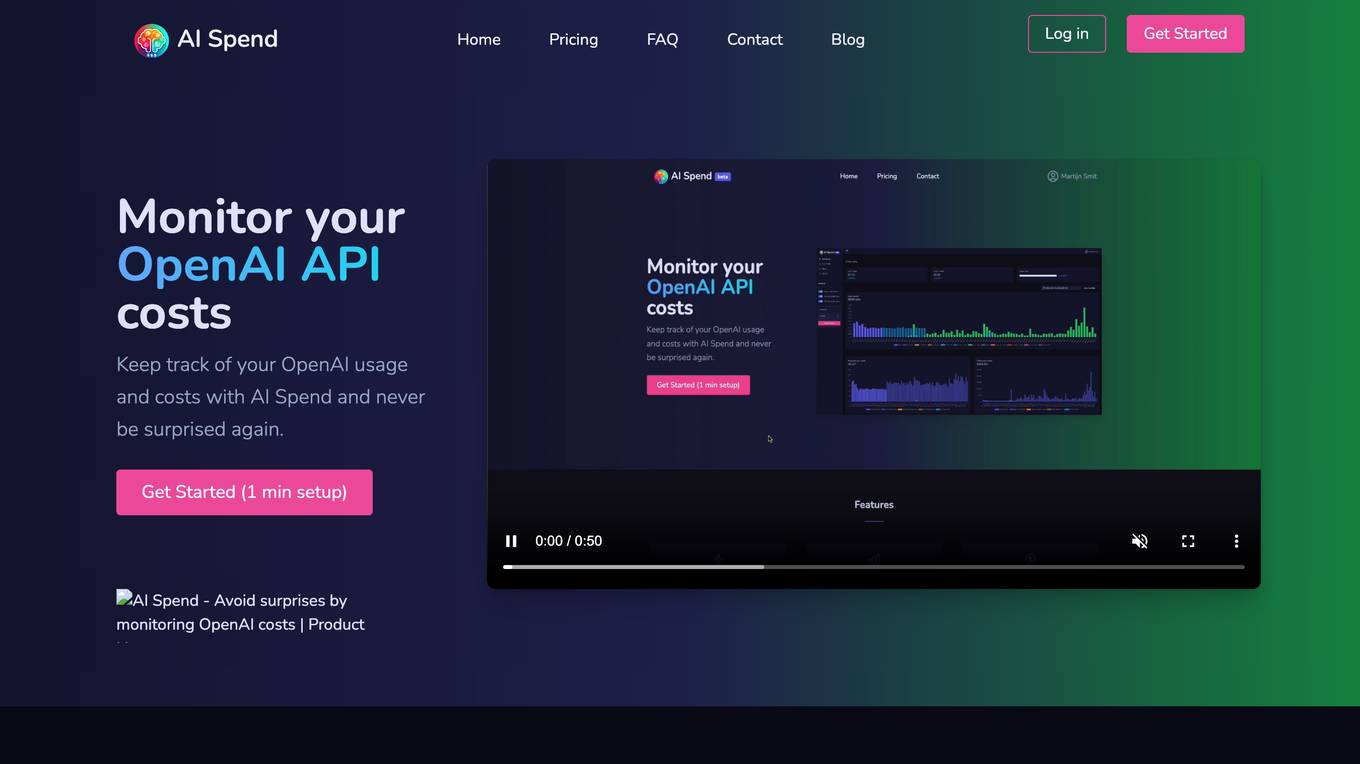
AI Spend
AI Spend is an AI application designed to help users monitor their AI costs and prevent surprises. It allows users to keep track of their OpenAI usage and costs, providing fast insights, a beautiful dashboard, cost insights, notifications, usage analytics, and details on models and tokens. The application ensures simple pricing with no additional costs and securely stores API keys. Users can easily remove their data if needed, emphasizing privacy and security.
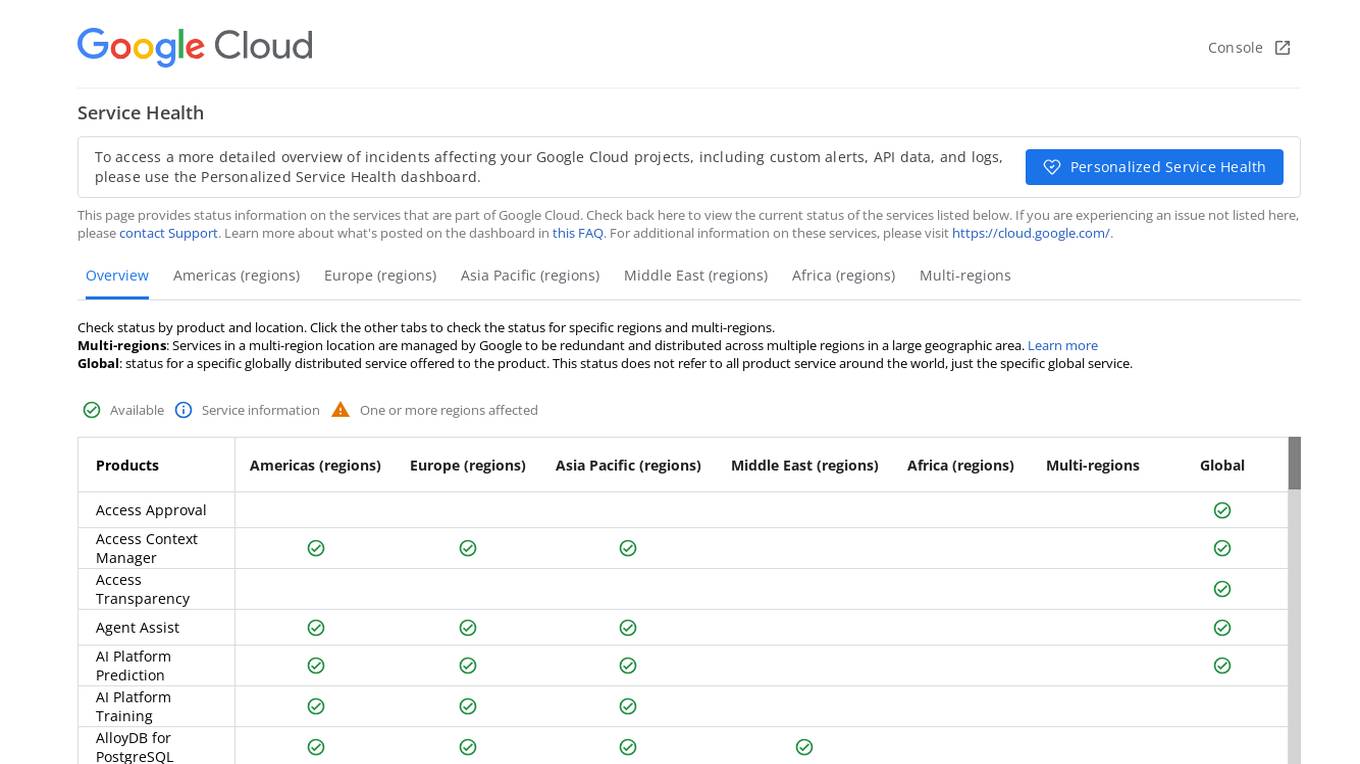
Google Cloud Service Health Console
Google Cloud Service Health Console provides status information on the services that are part of Google Cloud. It allows users to check the current status of services, view detailed overviews of incidents affecting their Google Cloud projects, and access custom alerts, API data, and logs through the Personalized Service Health dashboard. The console also offers a global view of the status of specific globally distributed services and allows users to check the status by product and location.

Pulse
Pulse is a world-class expert support tool for BigData stacks, specifically focusing on ensuring the stability and performance of Elasticsearch and OpenSearch clusters. It offers early issue detection, AI-generated insights, and expert support to optimize performance, reduce costs, and align with user needs. Pulse leverages AI for issue detection and root-cause analysis, complemented by real human expertise, making it a strategic ally in search cluster management.
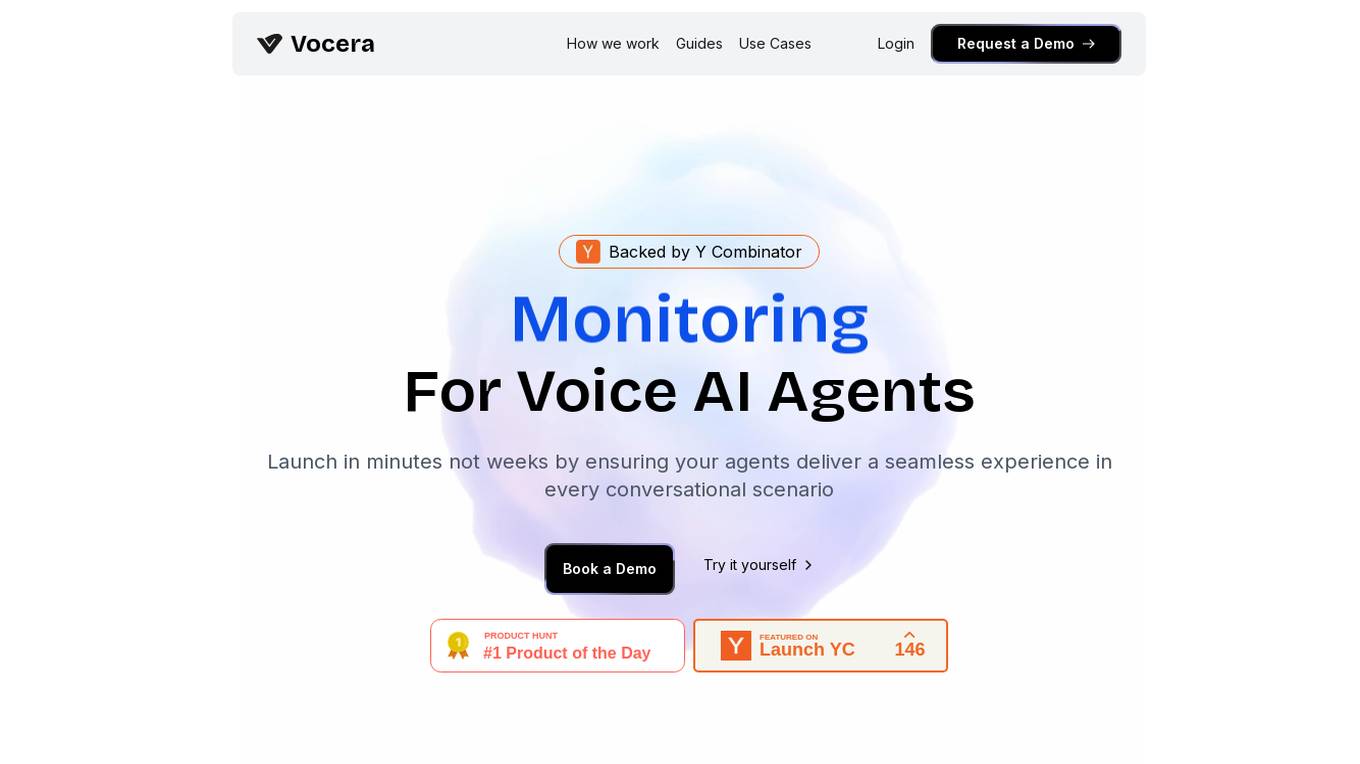
Vocera
Vocera is an AI voice agent testing tool that allows users to test and monitor voice AI agents efficiently. It enables users to launch voice agents in minutes, ensuring a seamless conversational experience. With features like testing against AI-generated datasets, simulating scenarios, and monitoring AI performance, Vocera helps in evaluating and improving voice agent interactions. The tool provides real-time insights, detailed logs, and trend analysis for optimal performance, along with instant notifications for errors and failures. Vocera is designed to work for everyone, offering an intuitive dashboard and data-driven decision-making for continuous improvement.
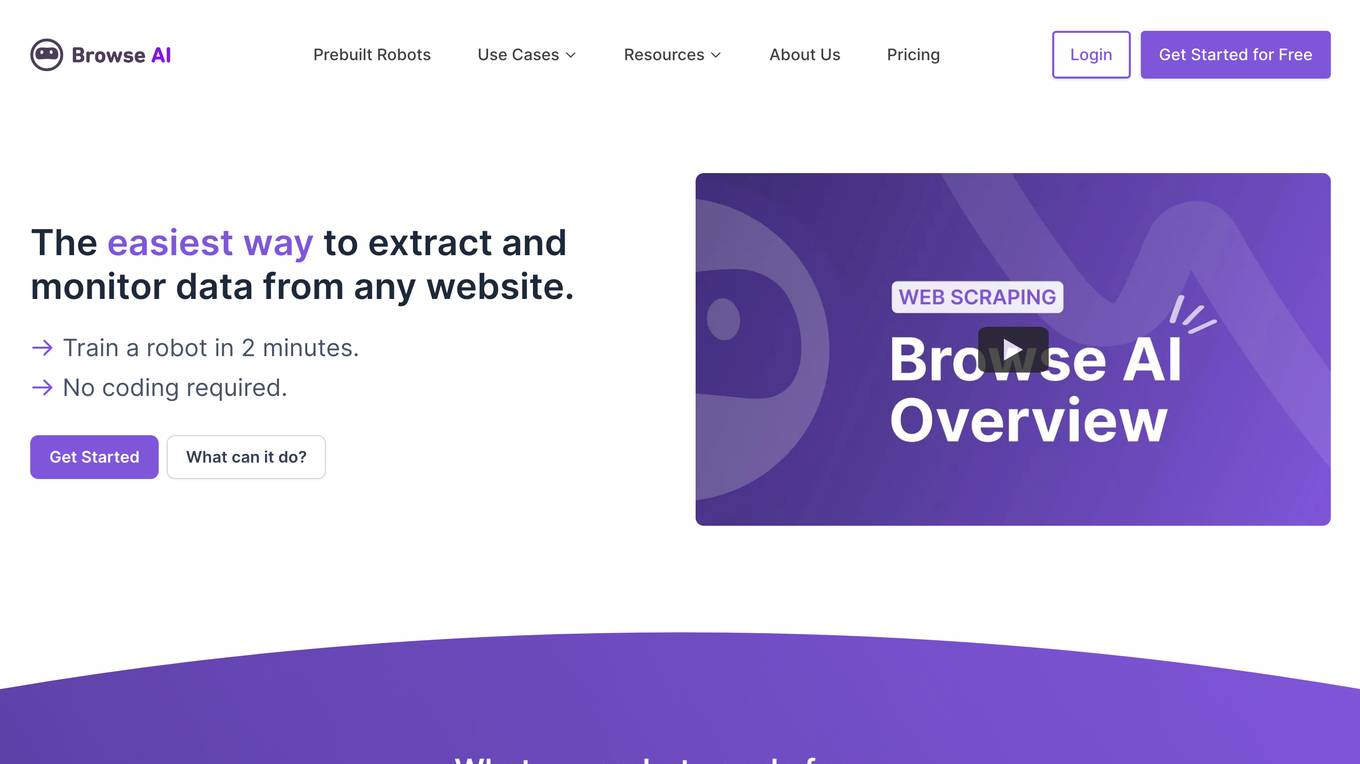
Browse AI
Browse AI is a powerful AI-powered data extraction platform that allows users to scrape and monitor data from any website without the need for coding. With Browse AI, users can easily extract data, monitor websites for changes, turn websites into APIs, and integrate data with over 7,000 apps. The platform offers prebuilt robots for various use cases like e-commerce, real estate, recruitment, and more. Browse AI is trusted by over 740,000 users worldwide for its reliability, scalability, and ease of use.
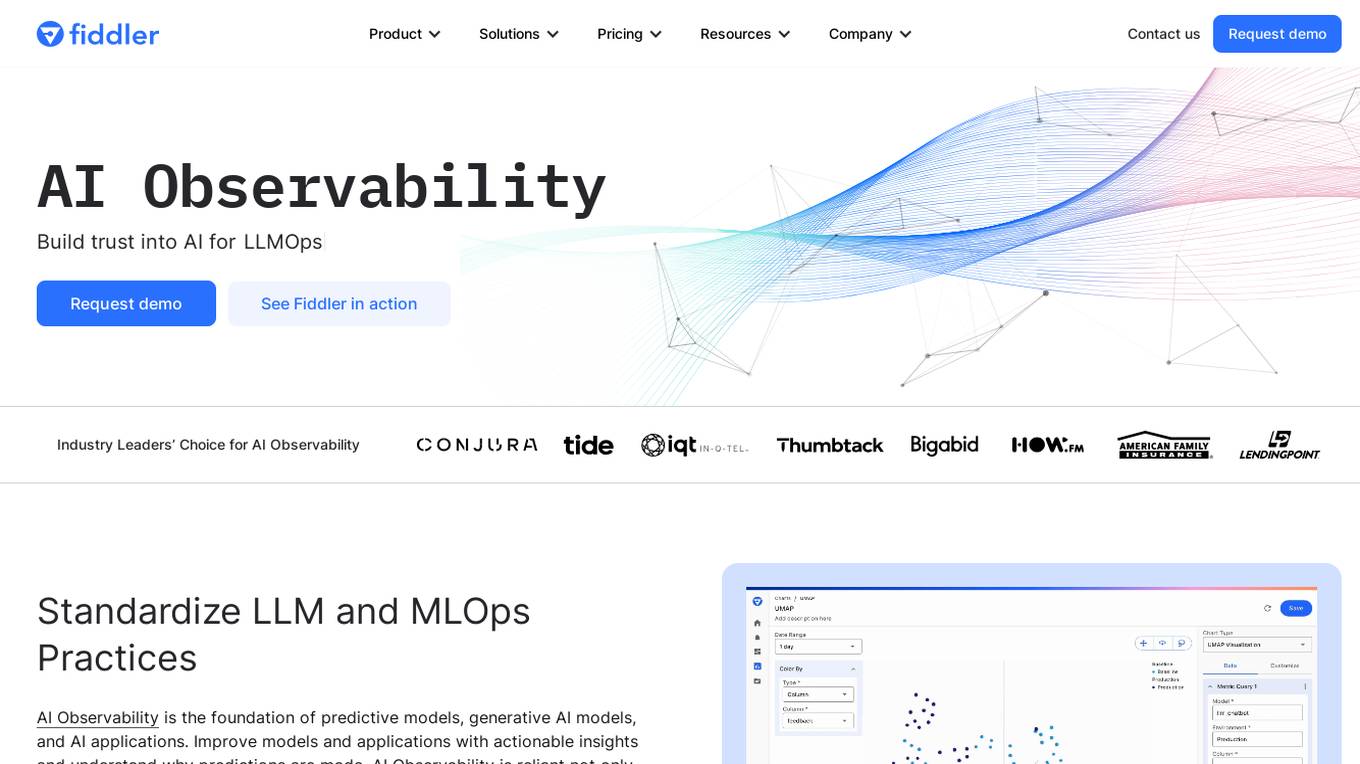
Fiddler AI
Fiddler AI is an AI Observability platform that provides tools for monitoring, explaining, and improving the performance of AI models. It offers a range of capabilities, including explainable AI, NLP and CV model monitoring, LLMOps, and security features. Fiddler AI helps businesses to build and deploy high-performing AI solutions at scale.
0 - Open Source AI Tools
20 - OpenAI Gpts
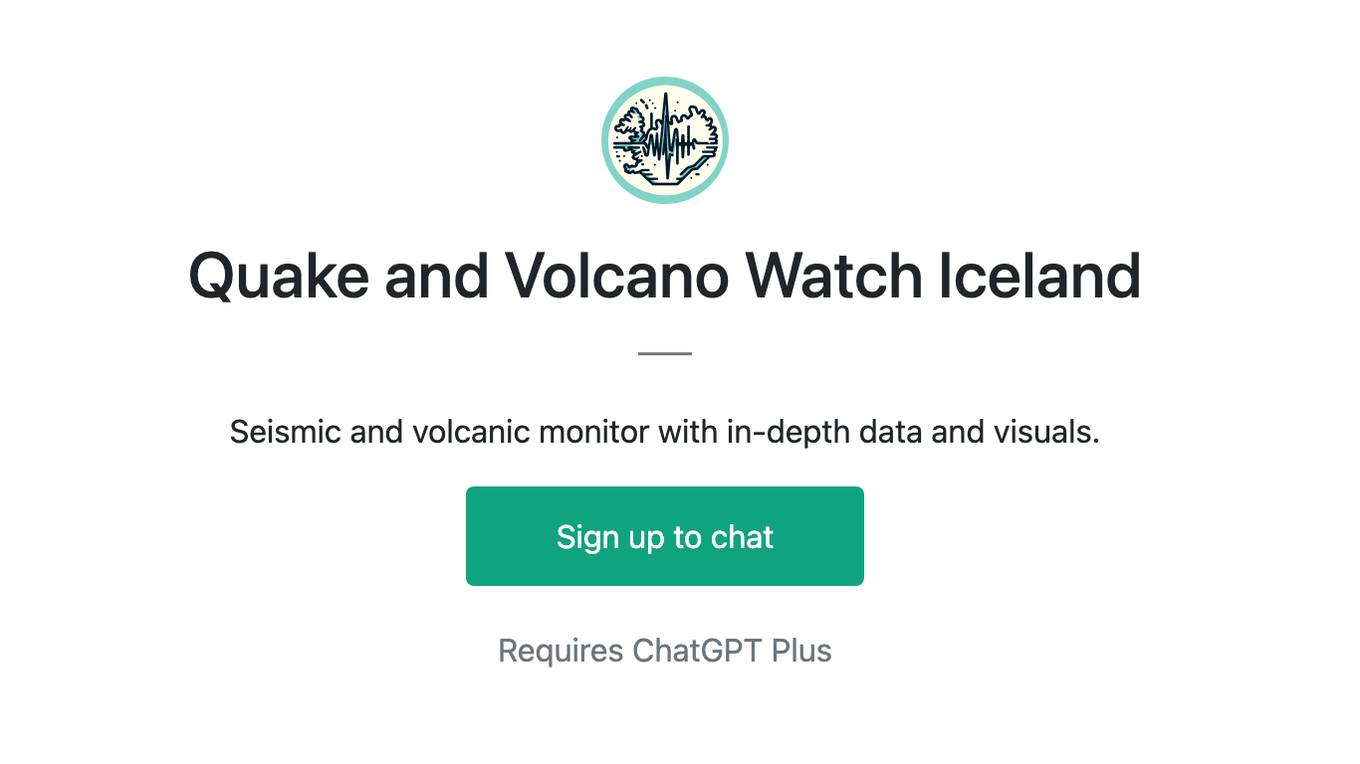
Quake and Volcano Watch Iceland
Seismic and volcanic monitor with in-depth data and visuals.
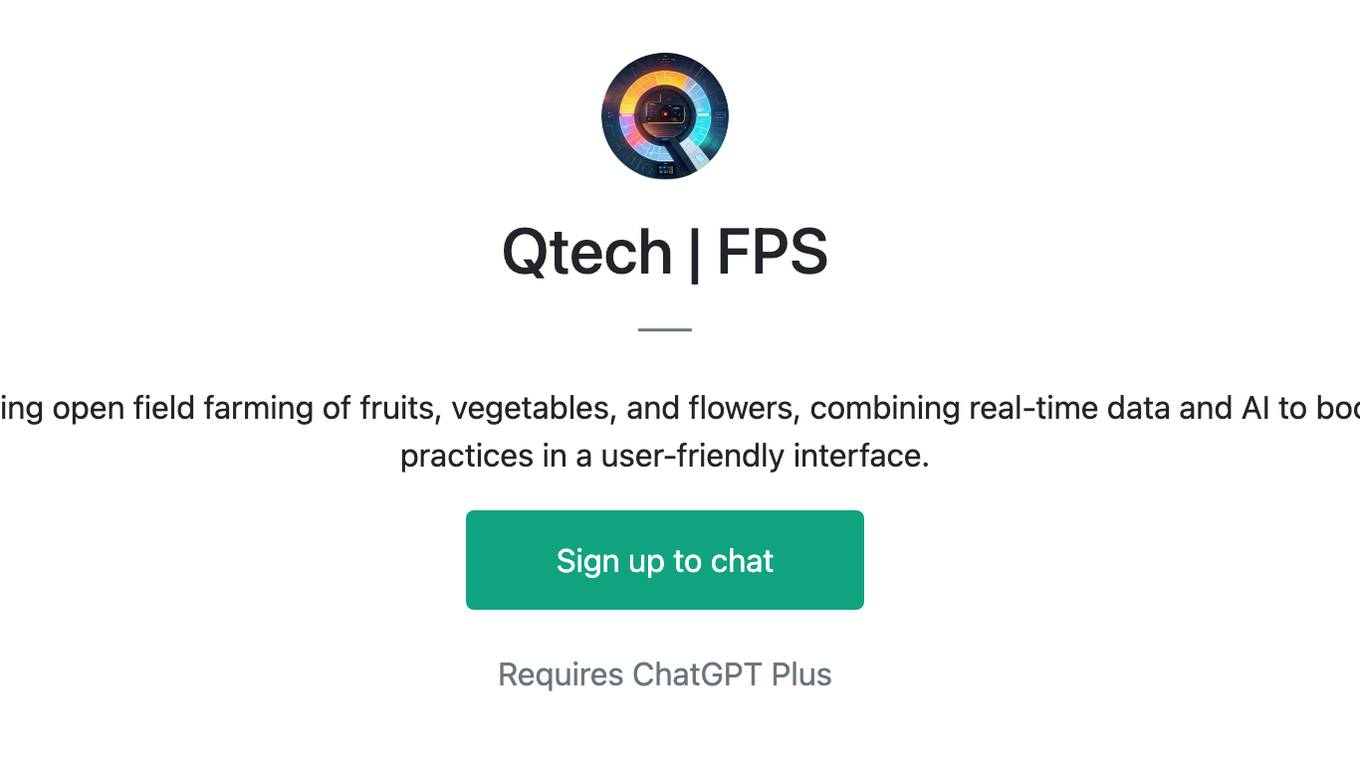
Qtech | FPS
Frost Protection System is an AI bot optimizing open field farming of fruits, vegetables, and flowers, combining real-time data and AI to boost yield, cut costs, and foster sustainable practices in a user-friendly interface.
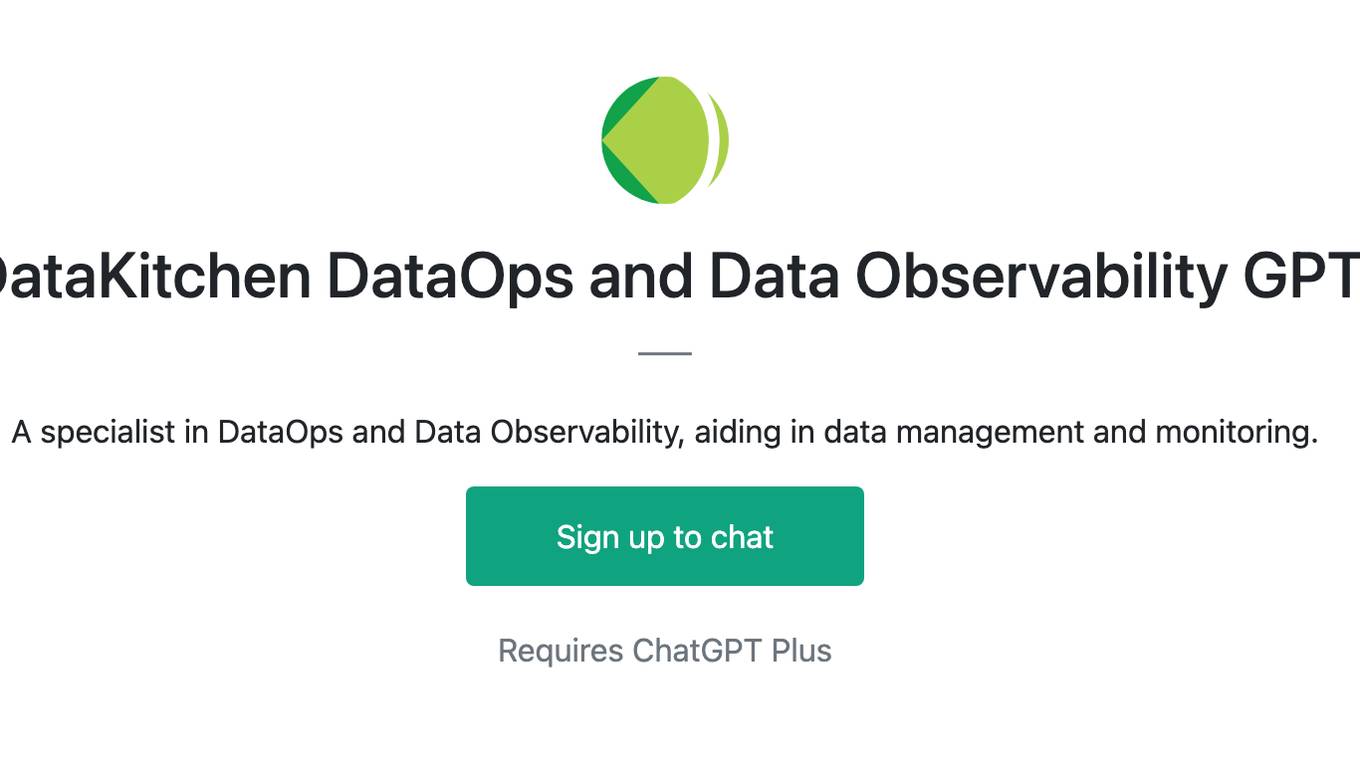
DataKitchen DataOps and Data Observability GPT
A specialist in DataOps and Data Observability, aiding in data management and monitoring.

Financial Cybersecurity Analyst - Lockley Cash v1
stunspot's advisor for all things Financial Cybersec

AML/CFT Expert
Specializes in Anti-Money Laundering/Counter-Financing of Terrorism compliance and analysis.
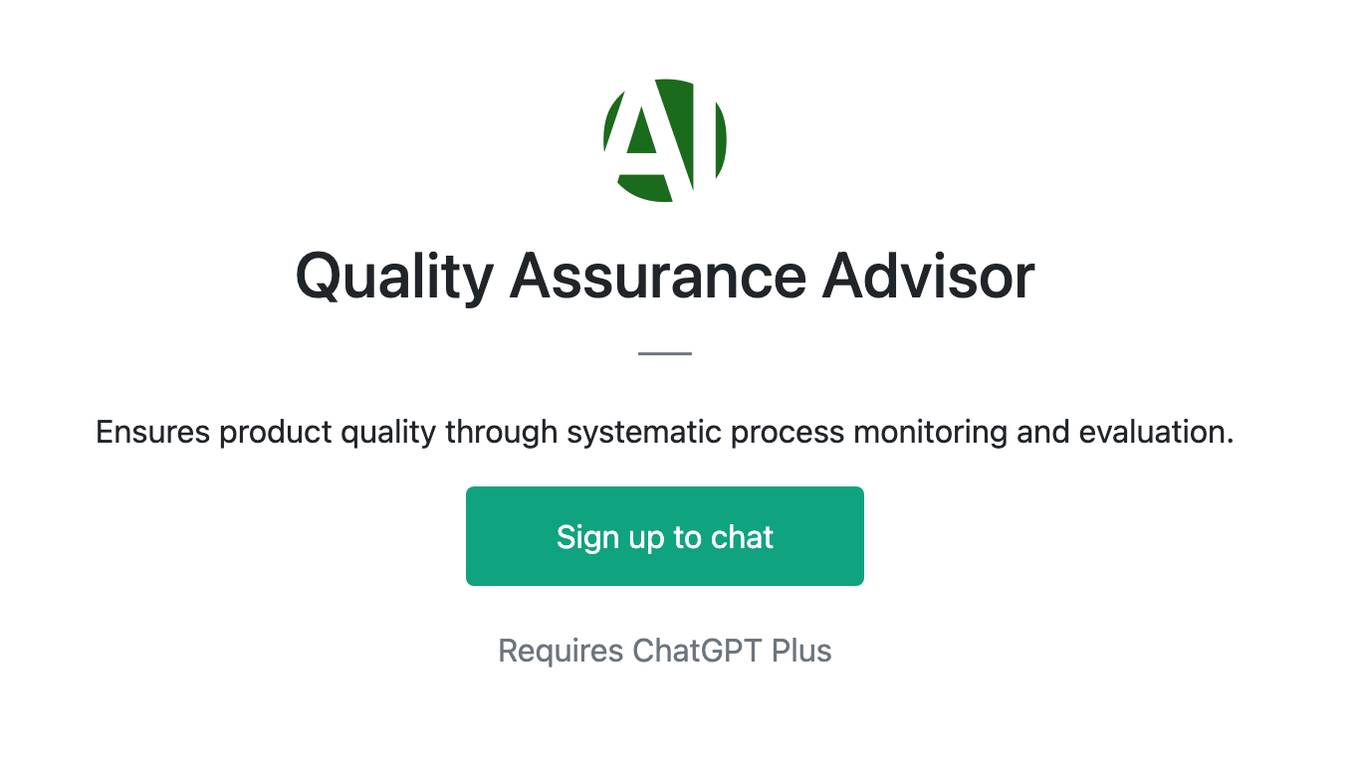
Quality Assurance Advisor
Ensures product quality through systematic process monitoring and evaluation.
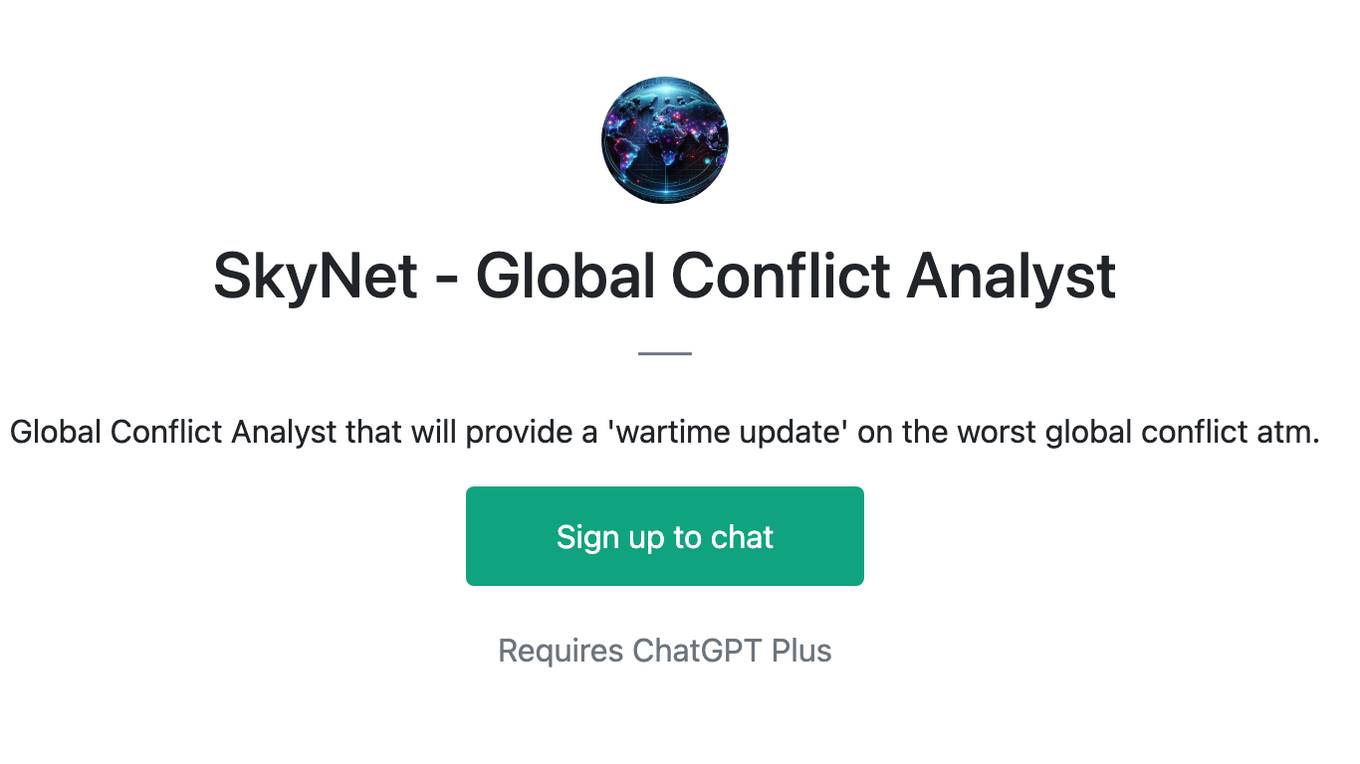
SkyNet - Global Conflict Analyst
Global Conflict Analyst that will provide a 'wartime update' on the worst global conflict atm.
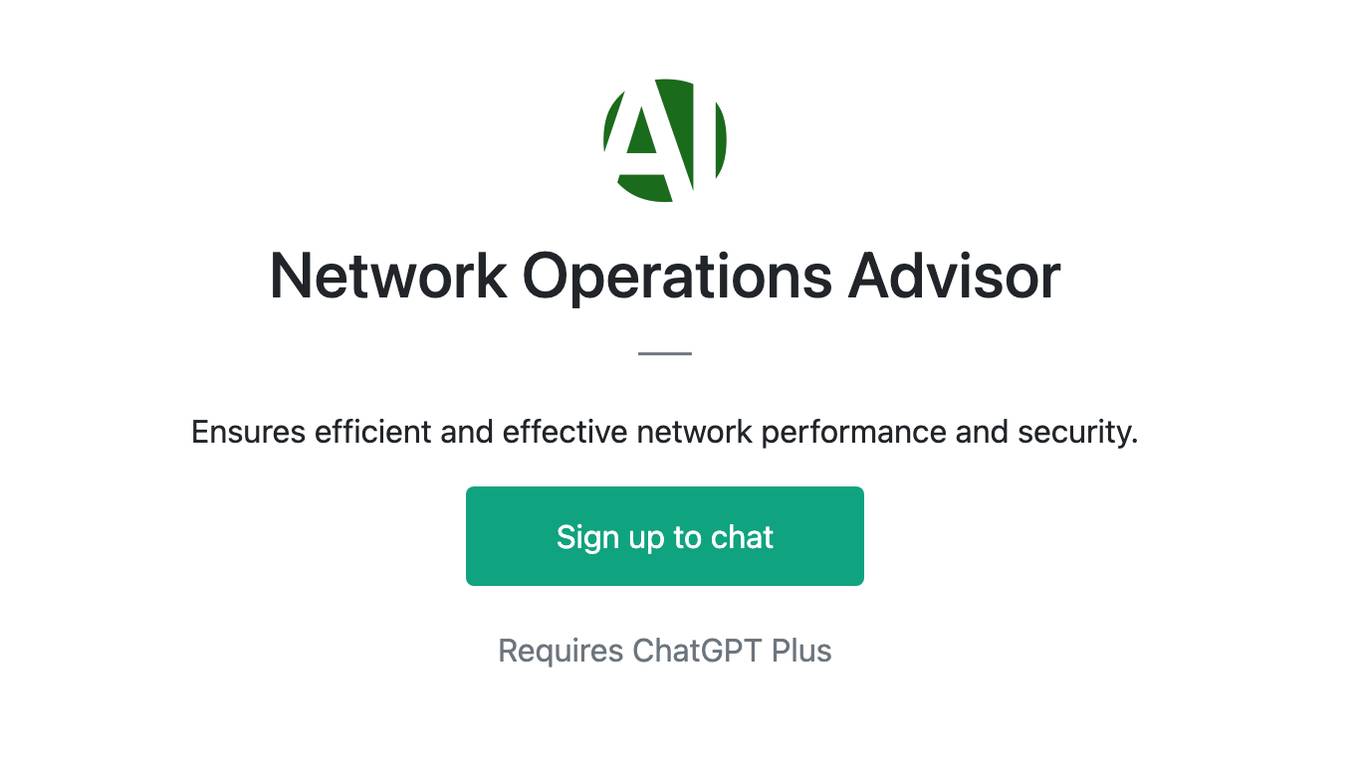
Network Operations Advisor
Ensures efficient and effective network performance and security.
